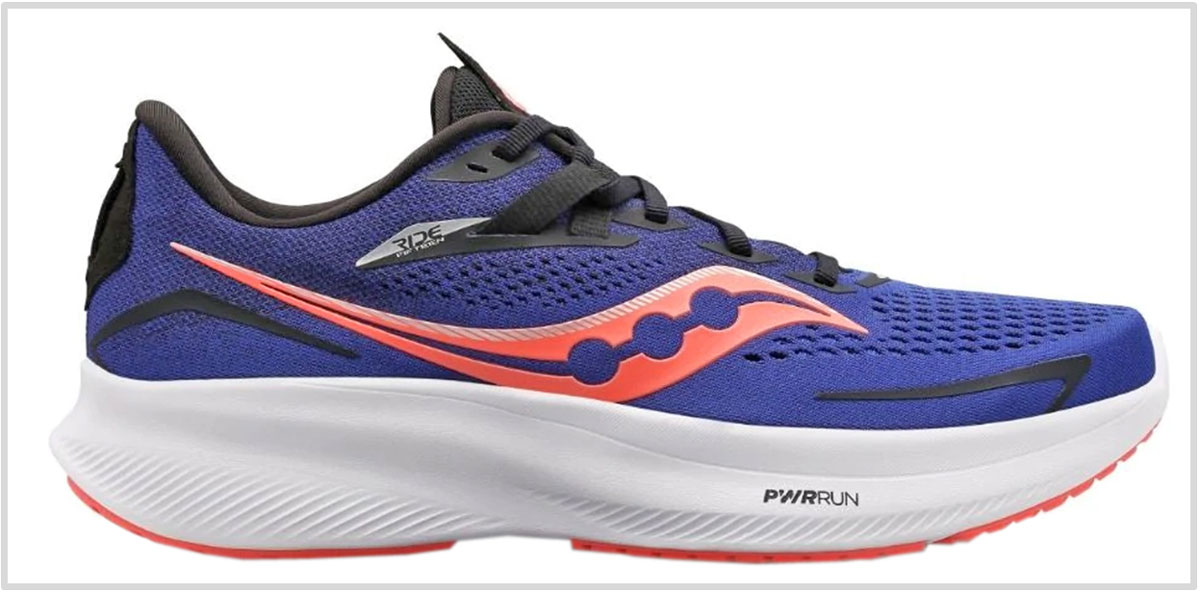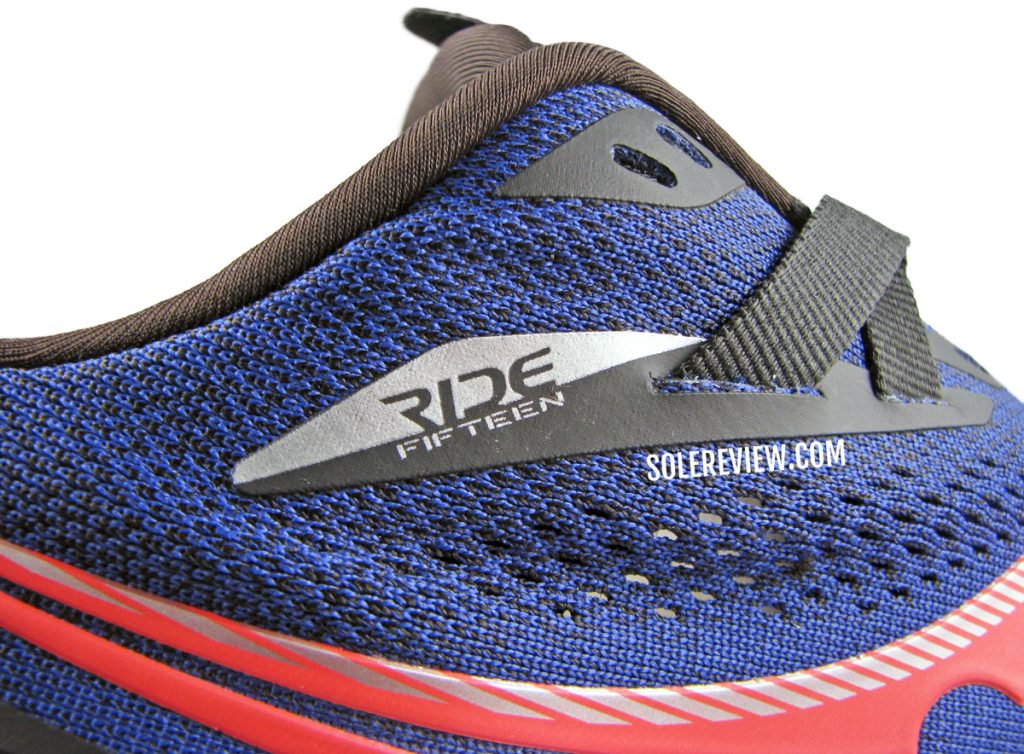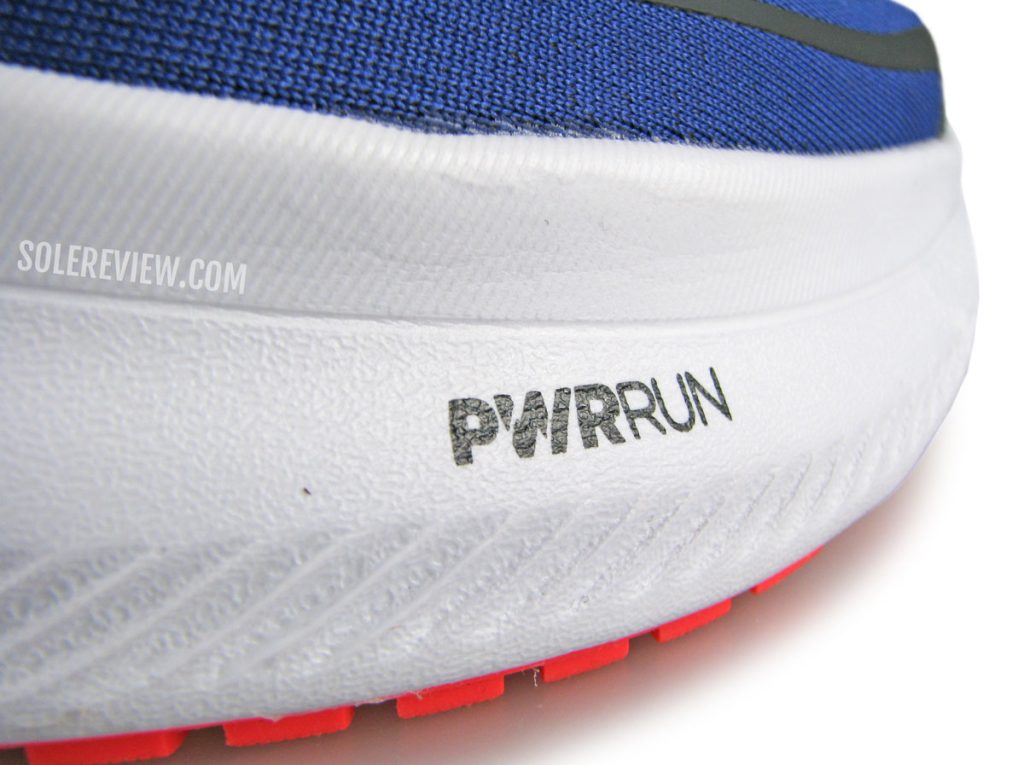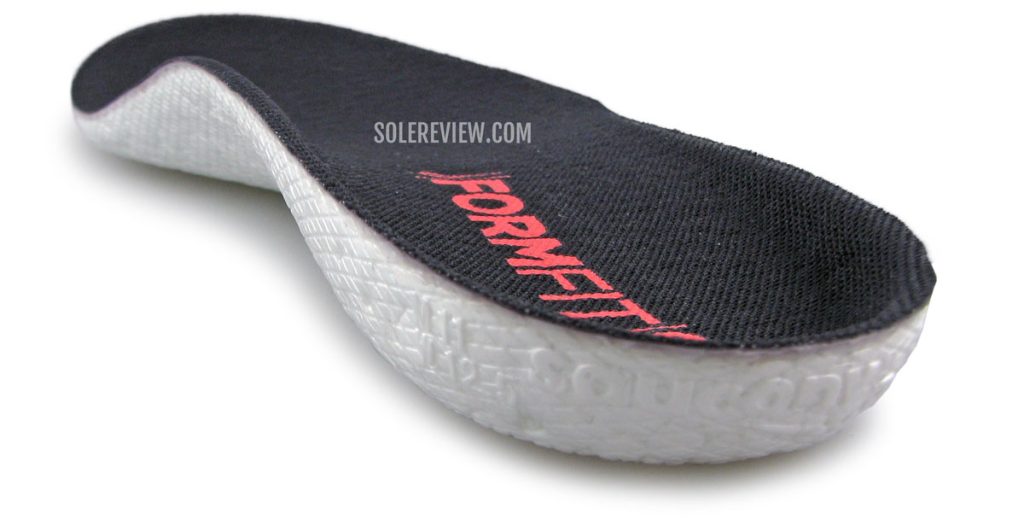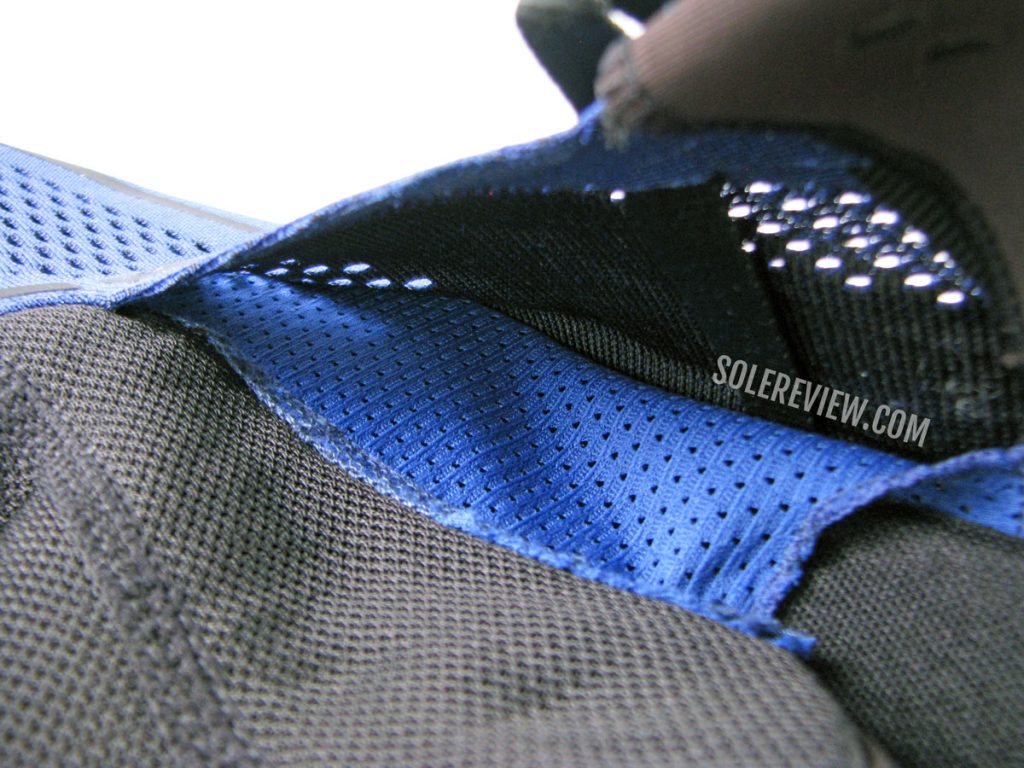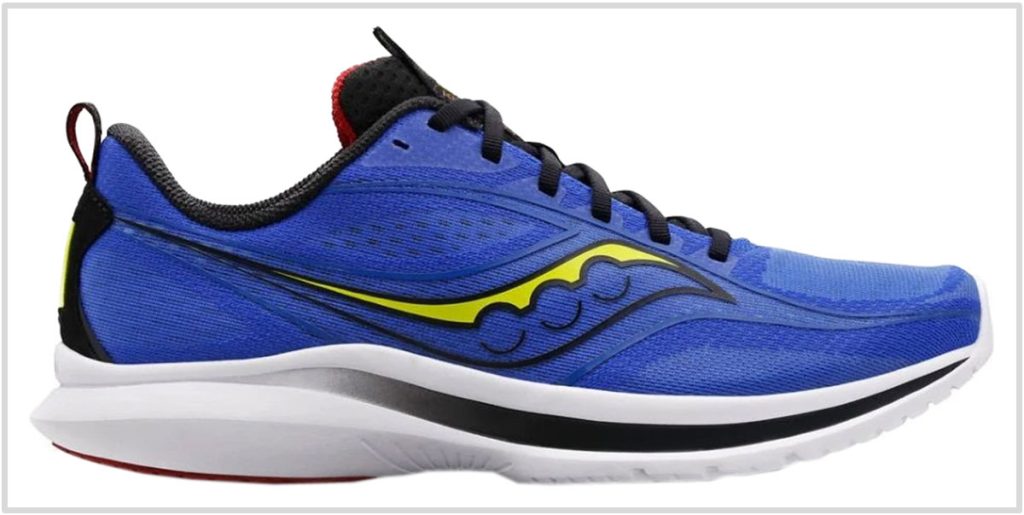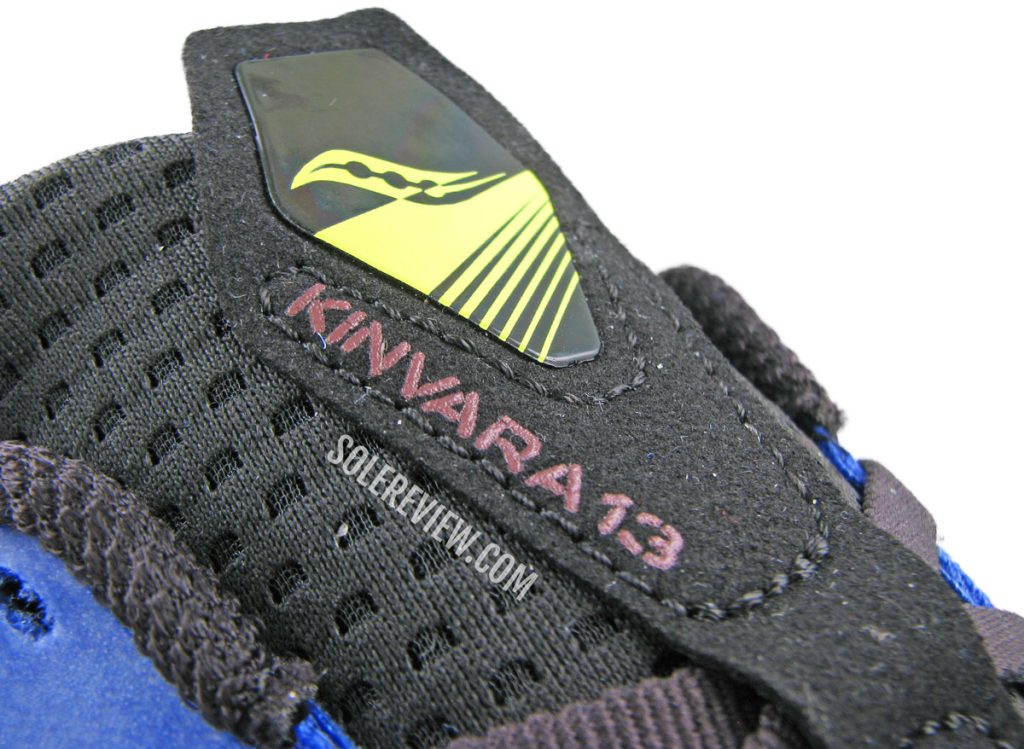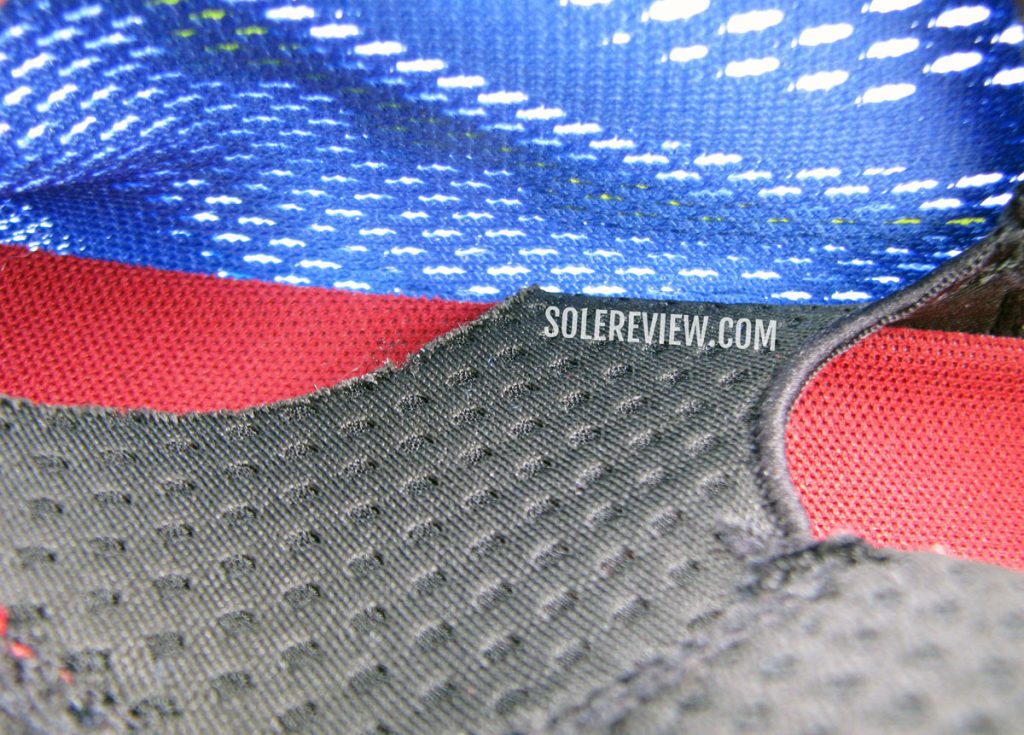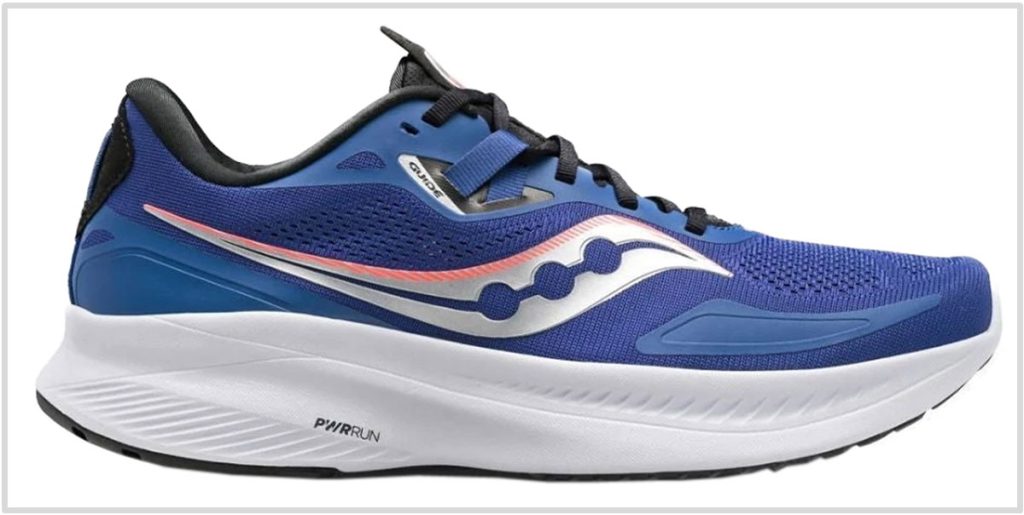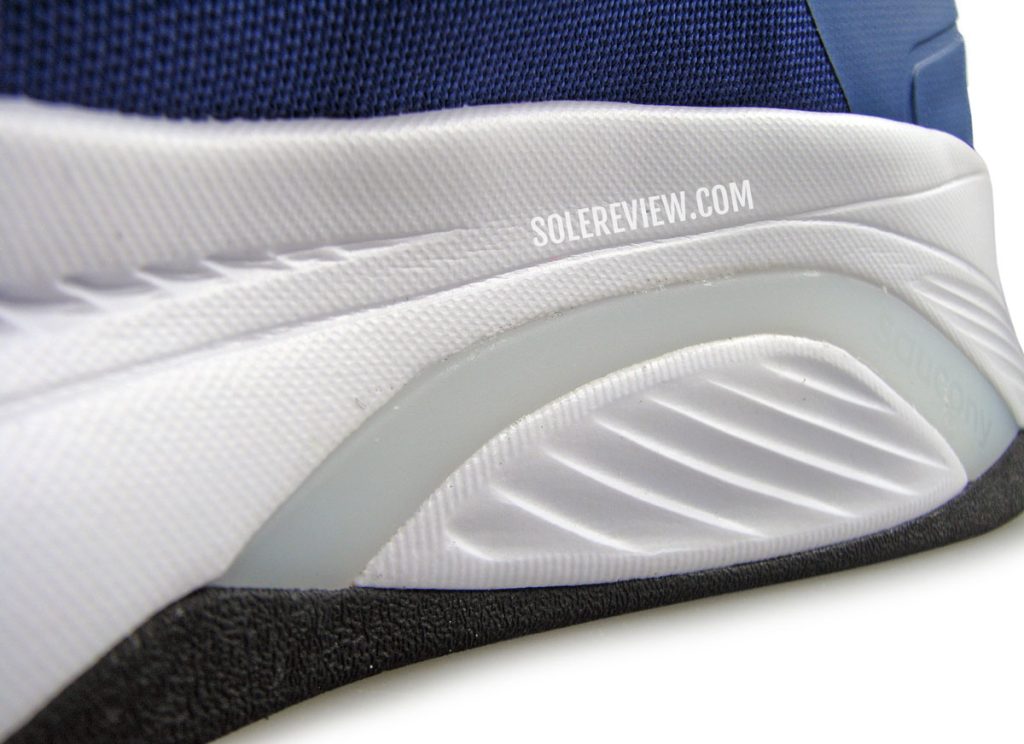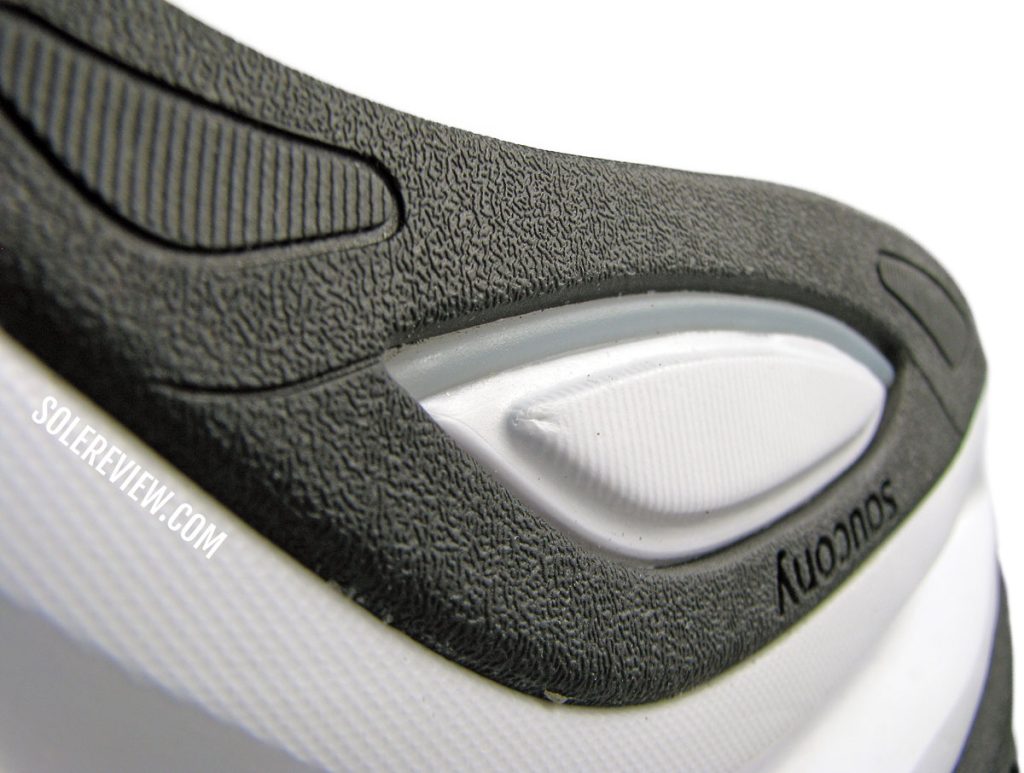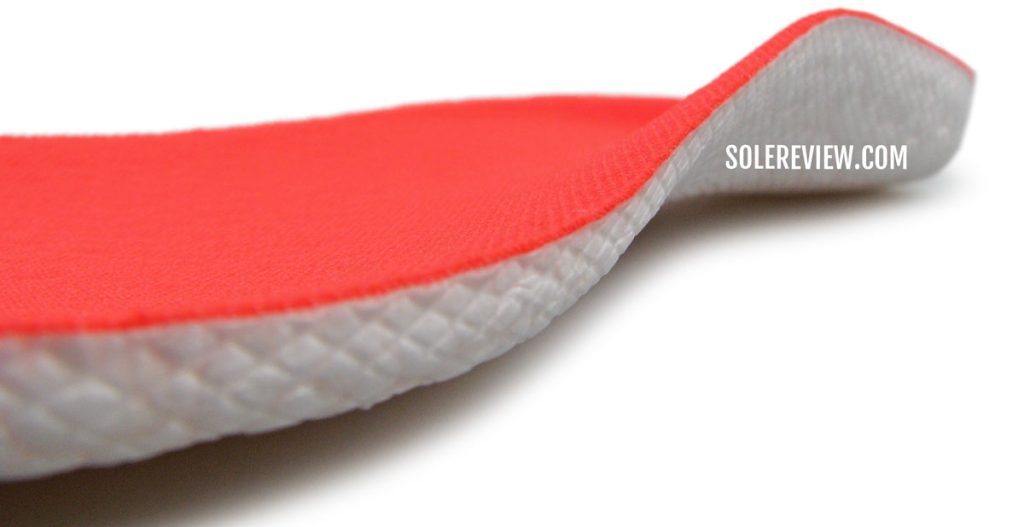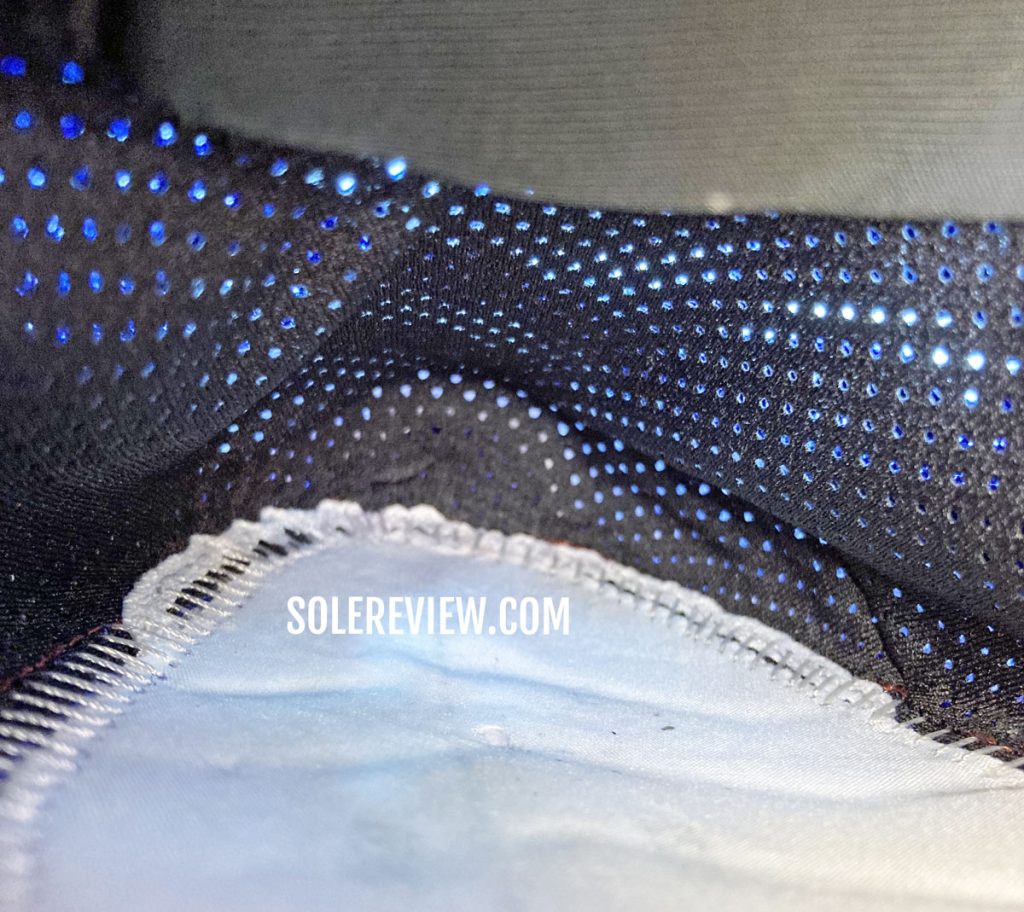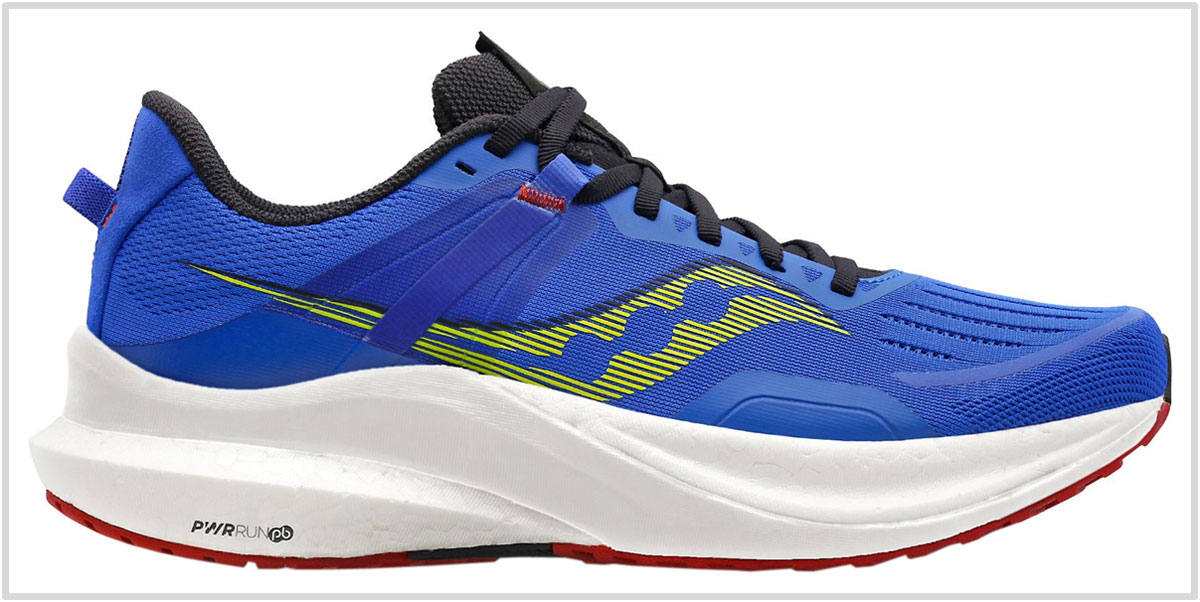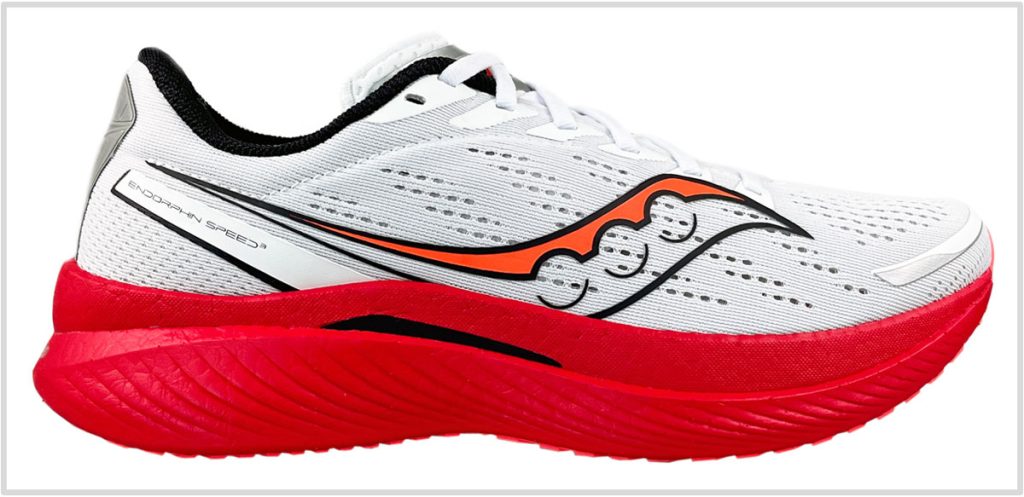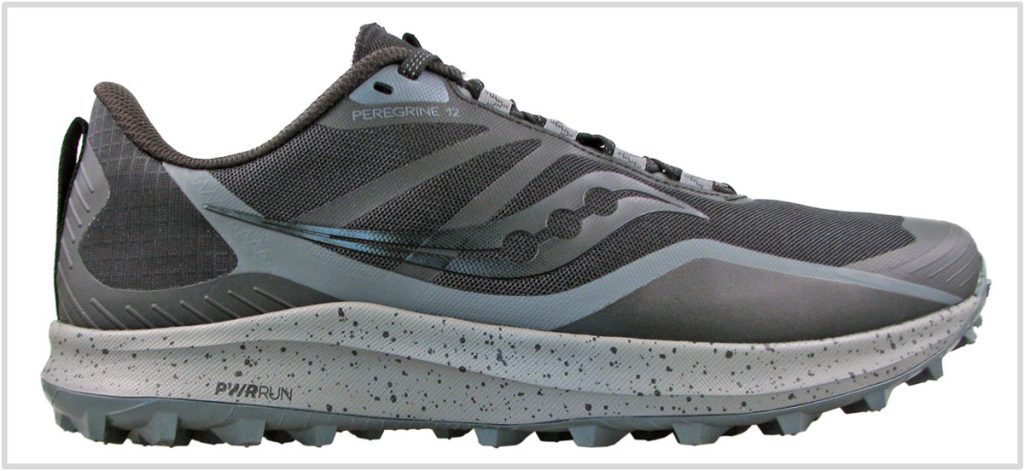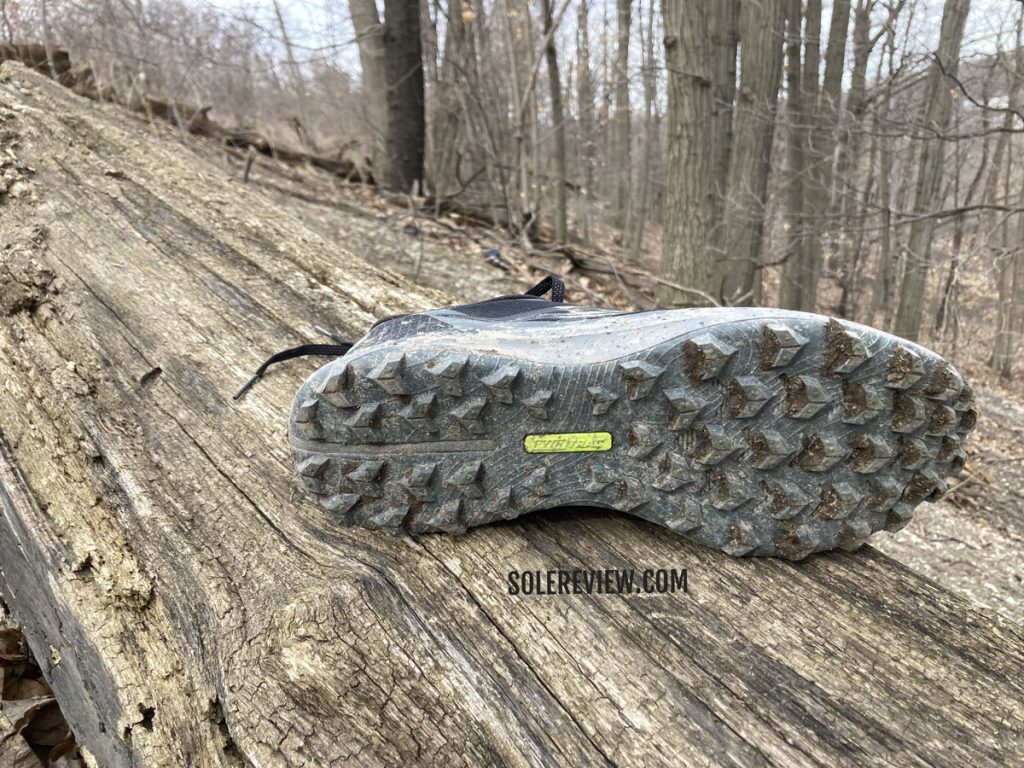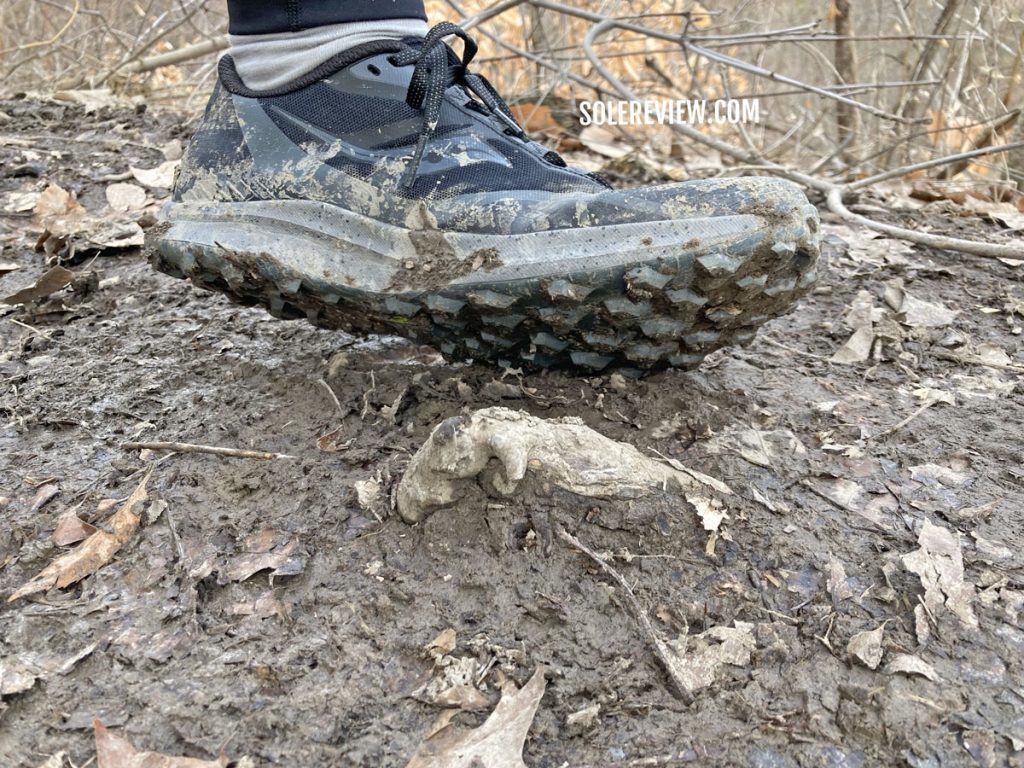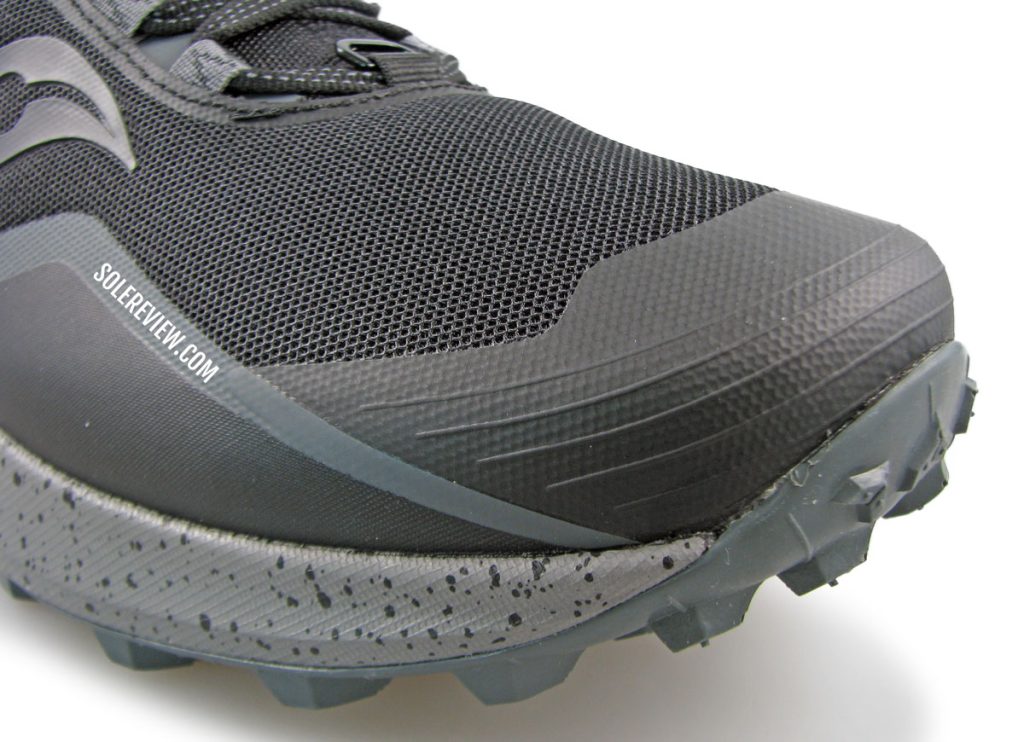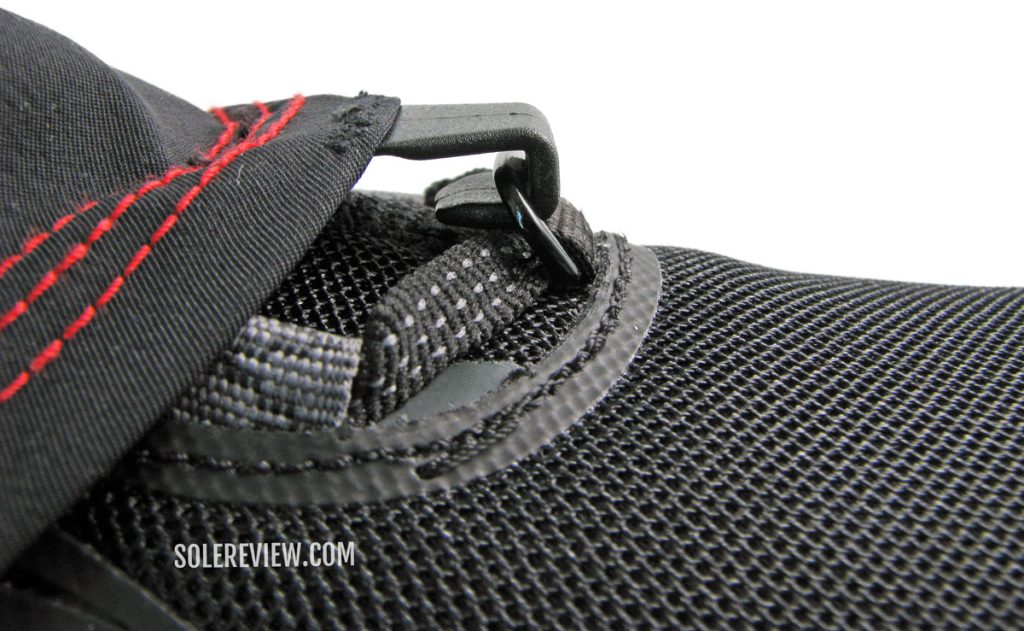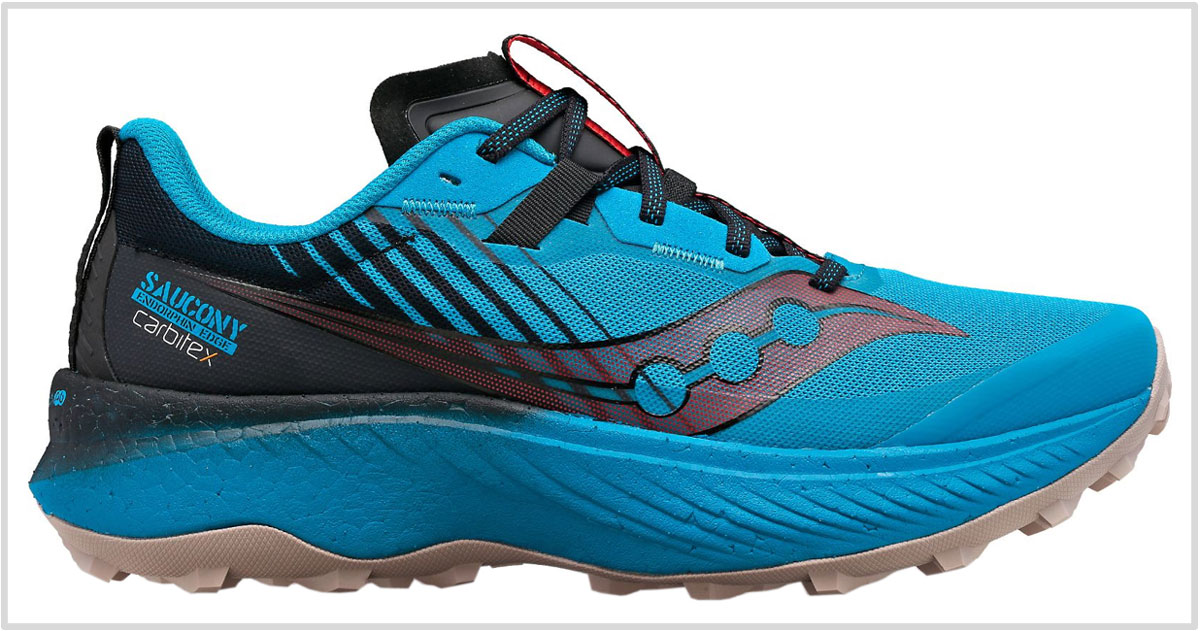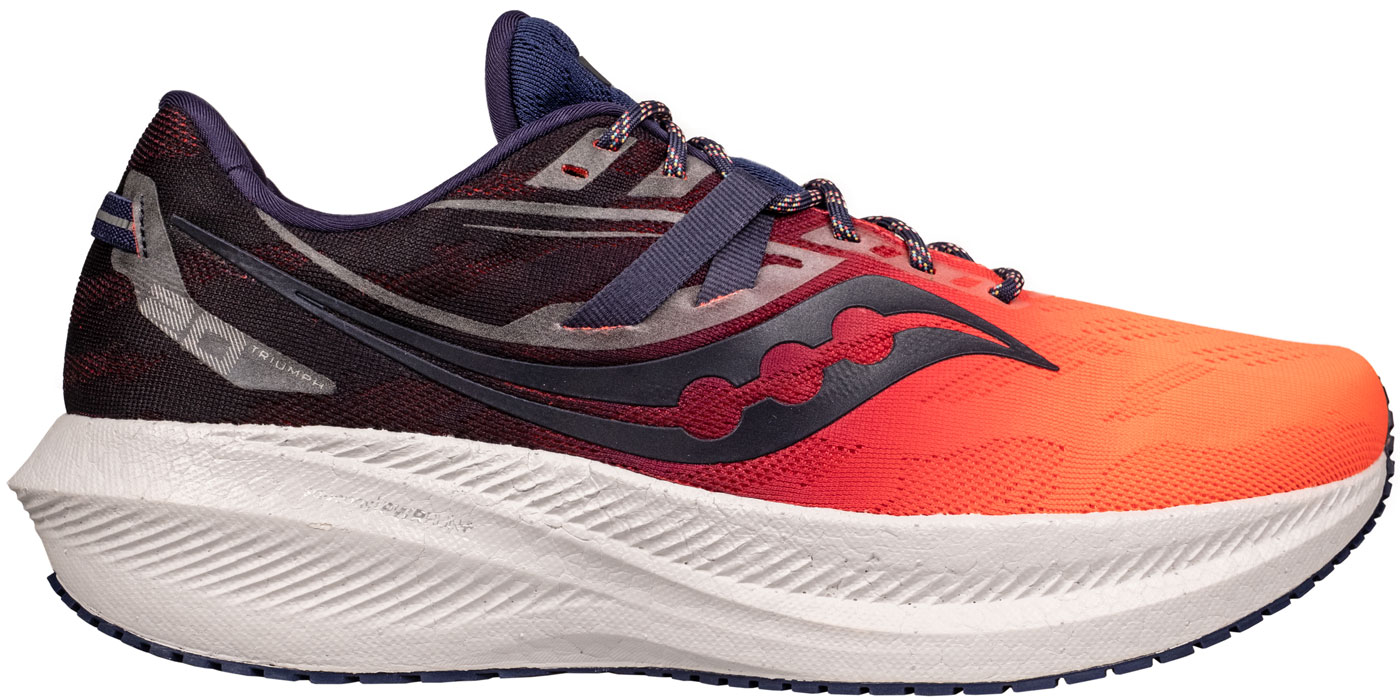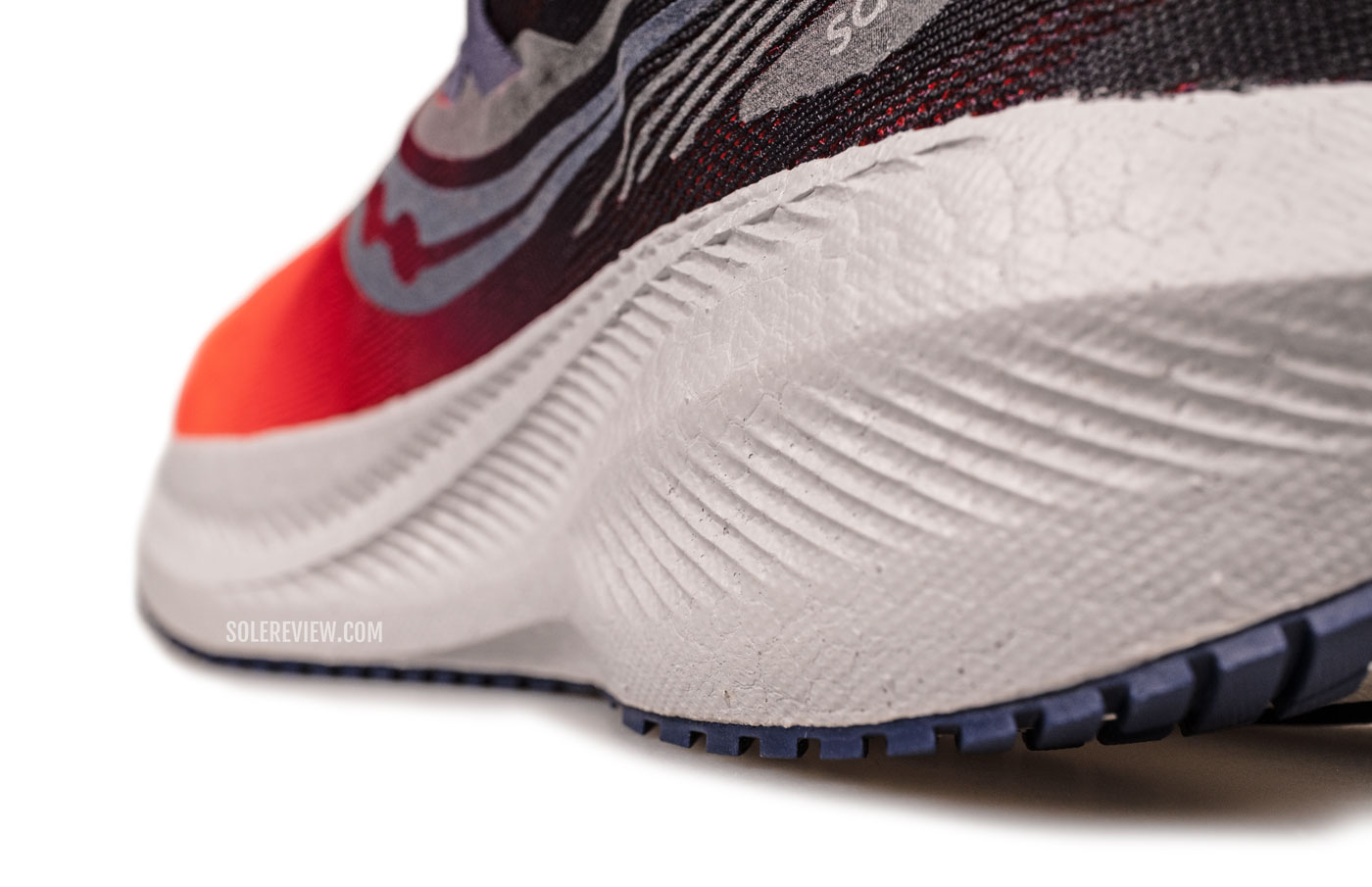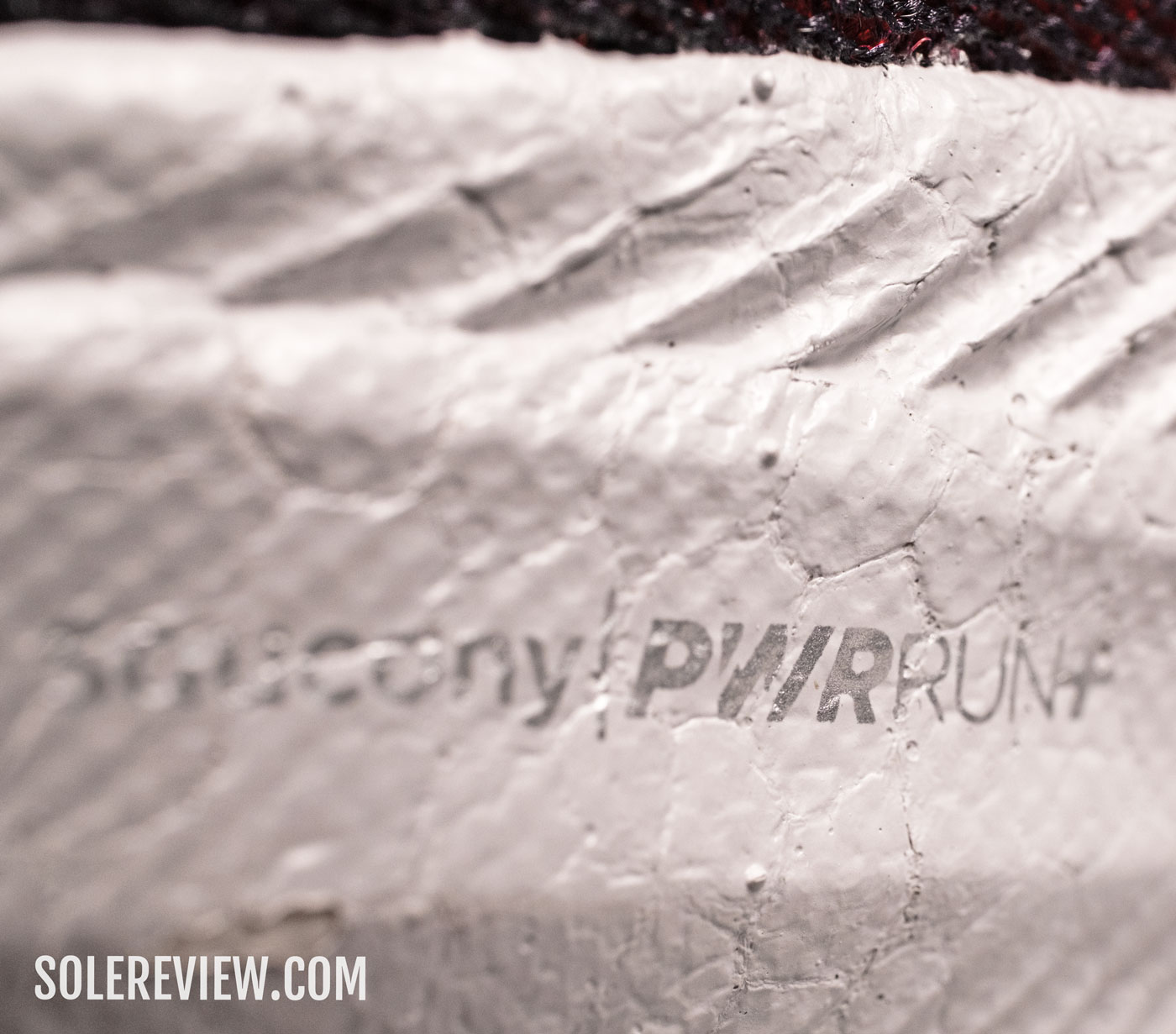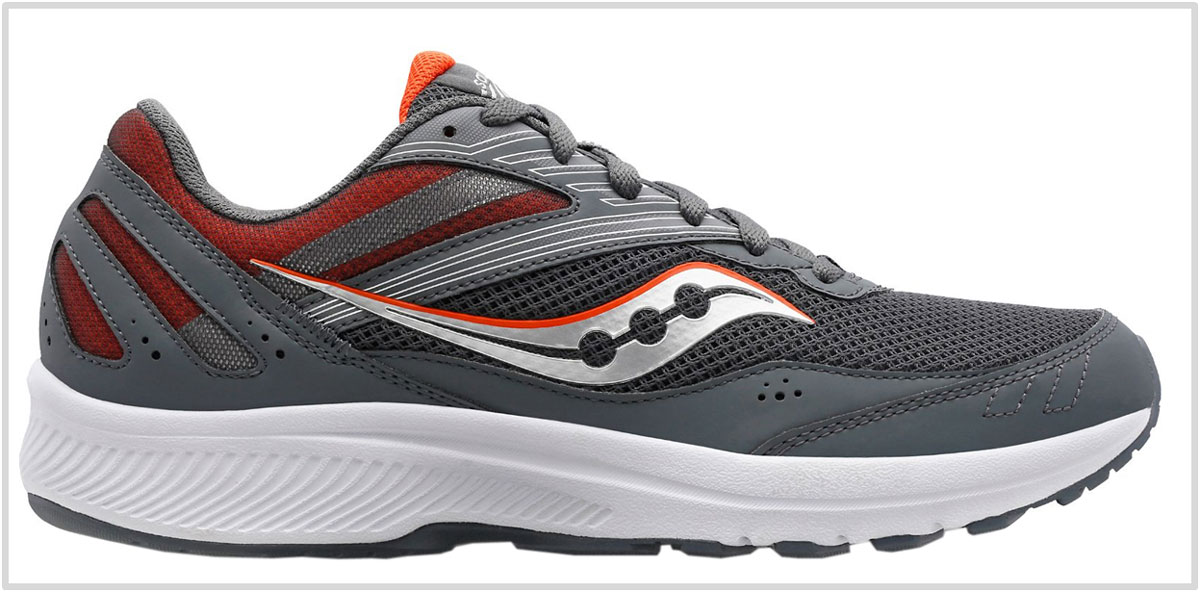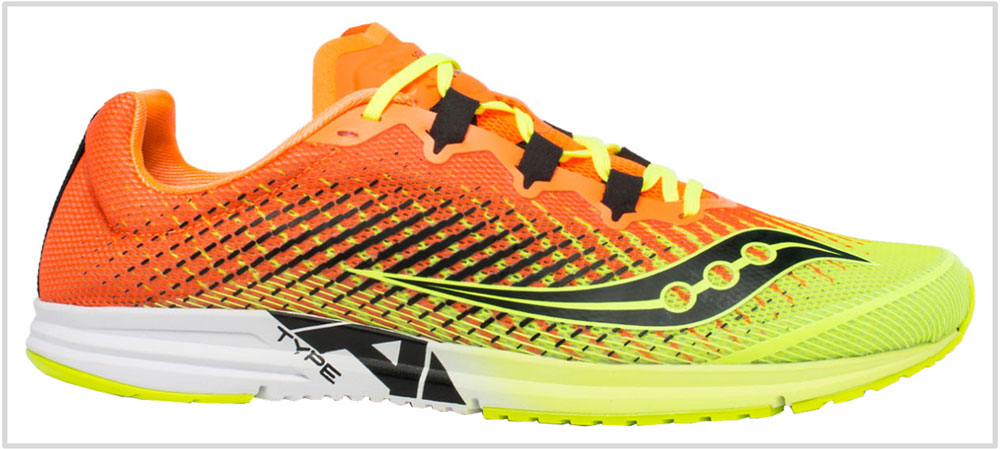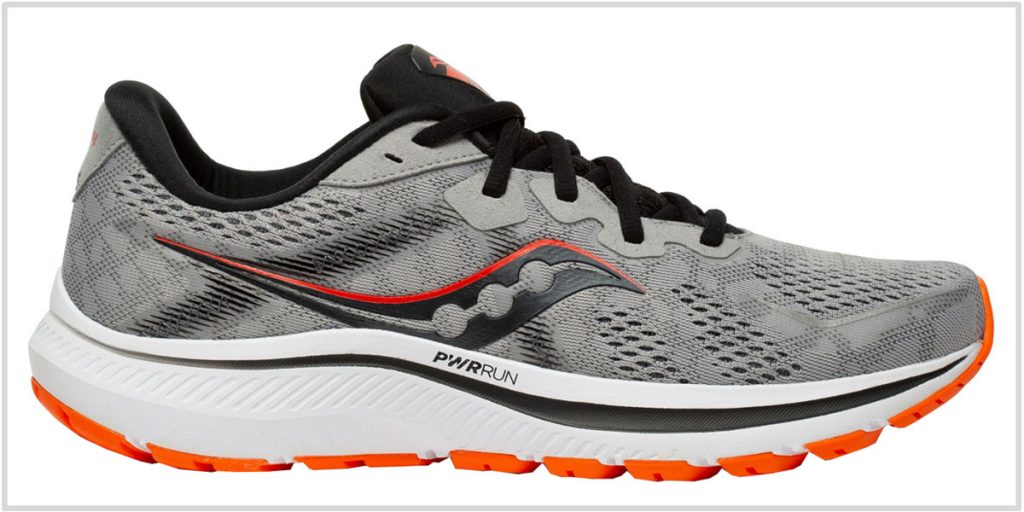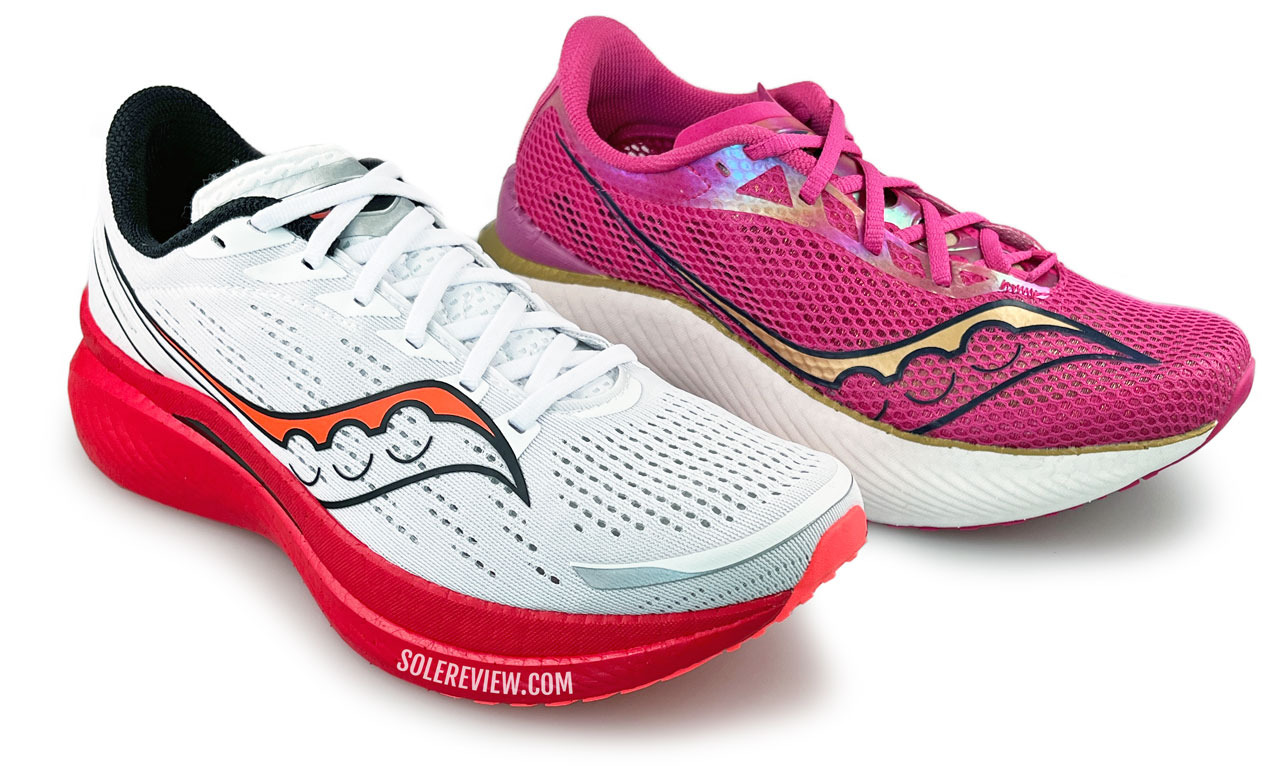
This article has been updated with current models for September 2022. The Saucony Endorphin Speed 2 and Triumph 19 have been replaced with their updated versions. The Saucony Endorphin Edge is a new addition. The Saucony Fastwitch 9 has been removed. Except for the narrower ‘B’ width, the women’s models are almost identical to men’s.
In this product guide:
- 1. Factors to consider
- 2. Everyday neutral trainer: Saucony Ride 15
- 3. Lightweight trainer: Saucony Kinvara 13
- 4. Everyday mild-support trainer: Saucony Guide 15
- 5. Soft stability running shoe: Saucony Tempus
- 6. Cushioned marathon racer: Saucony Endorphin Speed 3
- 7. Low profile trail runner: Saucony Peregrine 12
- 8. Cushioned speed trail runner: Saucony Endorphin Edge
- 9. Long-distance neutral trainer: Saucony Triumph 20
- 10. Affordable everyday trainer: Saucony Cohesion 15
- 11. 5K racer: Saucony Type A9
- 12. Traditional stability trainer: Saucony Omni 20
So far, 2022 has been good to Saucony and the runners who buy their shoes.
Both the Endorphin racers have been updated, and even everyday trainers like the Ride 15 and Guide 15 have been completely redone from the ground up. The Saucony Tempus is a brand new – and interesting – take on the stability running shoe concept.
In the trail running line-up, the 4 mm offset Peregrine 12 got a brand new insole that’s made entirely of the responsive Pwrrun+ (E-TPU) foam. We put the Peregrine through the wringer and liked what we discovered.
If that wasn’t enough, the Saucony Endorphin Edge with its Pwrrun PB midsole and Carbon plate is out too.
On a related note, we put together a release date calendar for running shoes to keep track of what’s coming and going.
A few years ago, when Saucony re-introduced the Triumph with an expanded Polyurethane (aka the Everun) midsole, we thought, ‘Here comes another unoriginal adidas Boost copycat.’
However, Saucony did not stop there. Admittedly, while many of their successful products take inspiration from the other industry players, Saucony has found a sweet spot between flattery (of the imitation kind) and purpose-driven innovation.
If it isn’t obvious, we speak of the first-gen Endorphin Pro and Speed. These products were Saucony’s fresh take on the plate-in-a-midsole form factor made popular by the Nike Vaporfly.
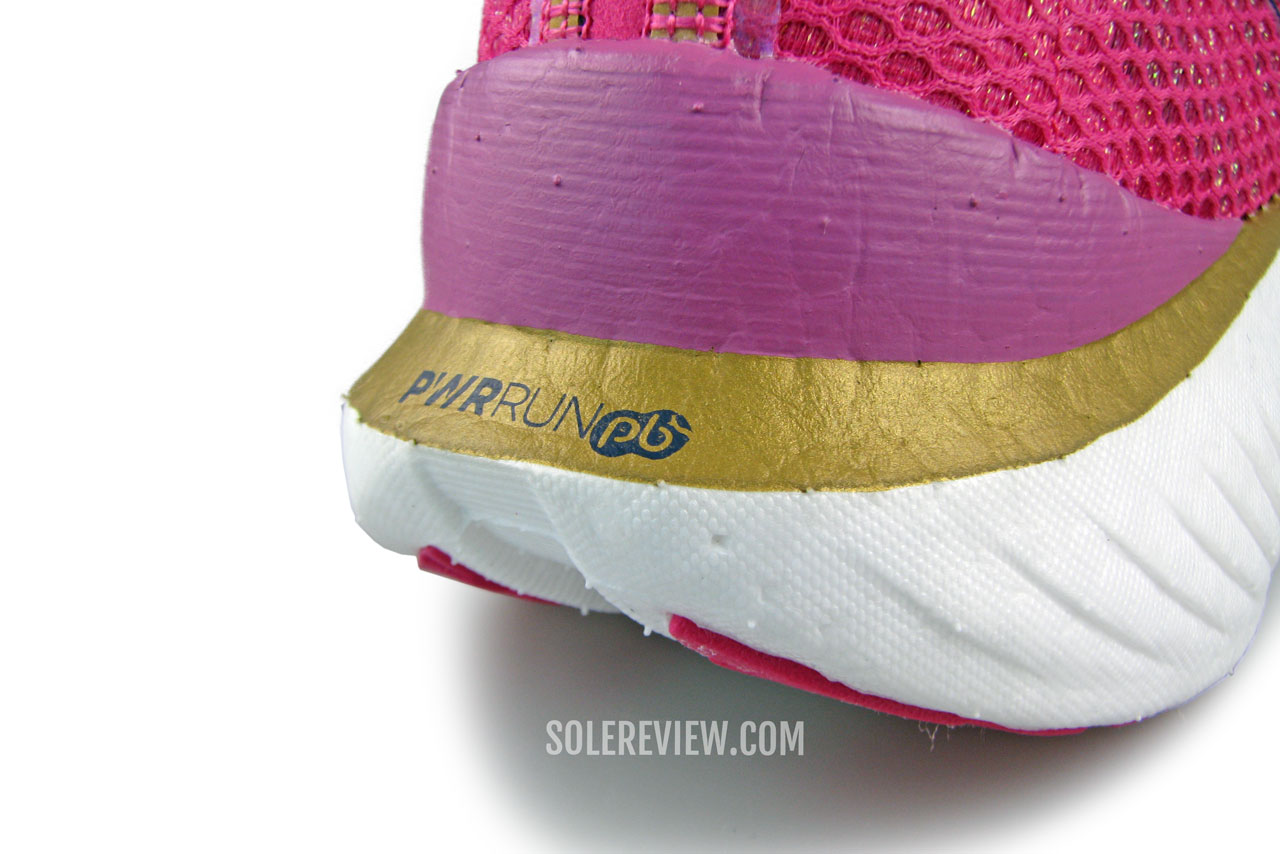
Pwrrun PB looks like adidas Boost, but it isn’t. This foam is PEBA – a much lighter and bouncier material.
For the sake of functional differentiation, Saucony made meaningful tweaks to its PEBA cushioning tech. Those changes included a distinct geometry as well as a different construction. The midsoles of the Endorphin Pro and Speed are a cluster of fused PEBA globules rather than a single foam block.
The stiff rocker-shaped forefoot and internal plate deliver a responsive snap transition that feels similar to the Nike Vaporfly.
However, the densely-packed foam globules give the ride a higher resiliency. It’s not all different from how Saucony adapted the adidas Boost concept for its Everun (now Pwrrun+) midsole.
Saucony’s sincere efforts to introduce freshness into its products have paid dividends over the last few years.
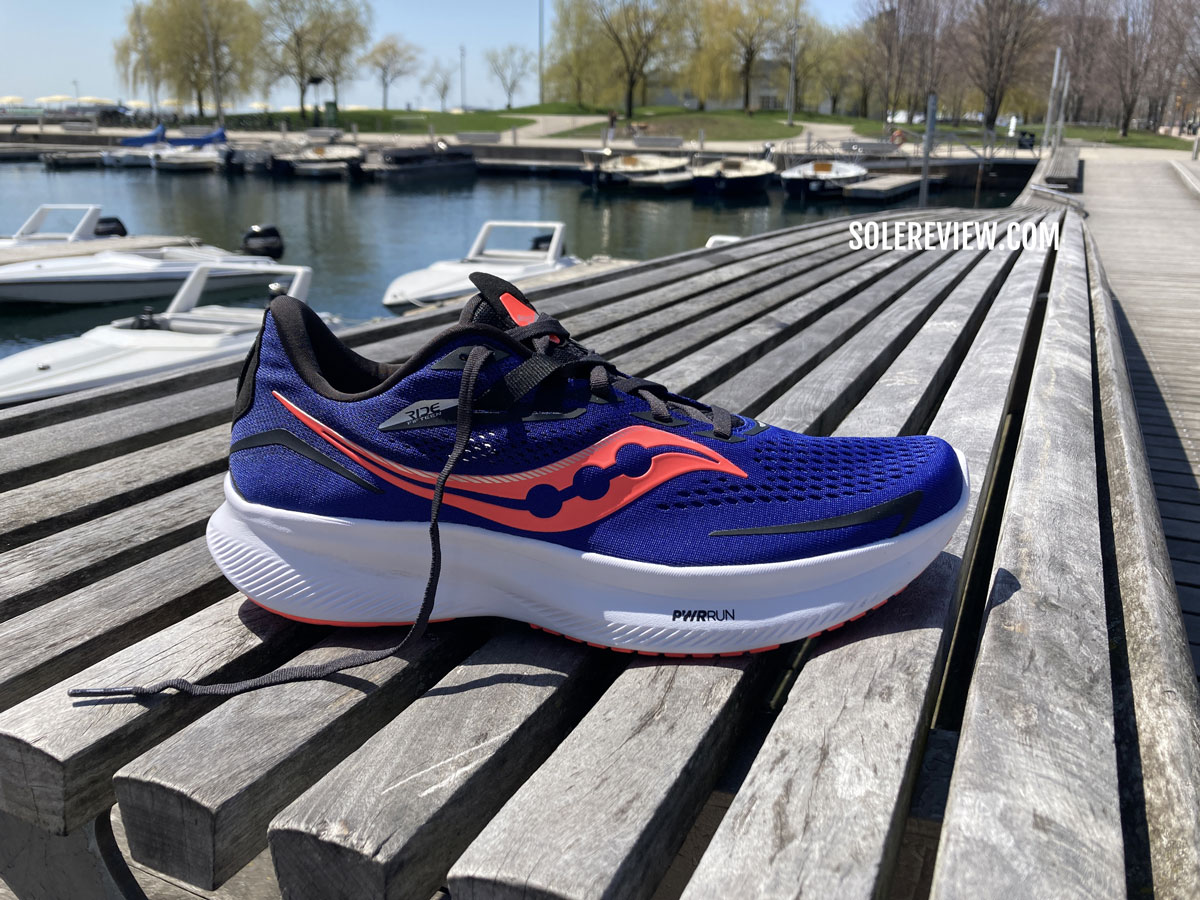
Along with the Endorphin twins, Saucony has maintained its core assortment that’s comprised of staples like the Ride, Guide, Triumph, and Kinvara.
To make things easier, the names of the shoes have been prefixed with their use cases.
1) Daily neutral trainer: Saucony Ride 15
We first began reviewing the Saucony Ride in 2014, so we can say with certain authority that the Ride 15 is the most changed version to date. Our comprehensive review covers all the updates on the new model.
Until this point, the Saucony Ride was a neutral trainer with a noticeably firm ride. This made it a favorite for runners who not only wanted a stable ride, but also a speed-friendly character that was the inevitable result of a firm midsole.
The older versions weren’t completely bereft of cushioning comfort, though. A removable EVA foam midsole and E-TPU topsole added a layer of step-in comfort over the firm midsole.
The 2022 model deviates from the tried-and-tested form factor, but preserves the essence of the Saucony Ride.
Though the new midsole is thicker, the firmness of the EVA blend foam makes the Ride 15 a versatile shoe for daily runs of various pace and distance ranges.
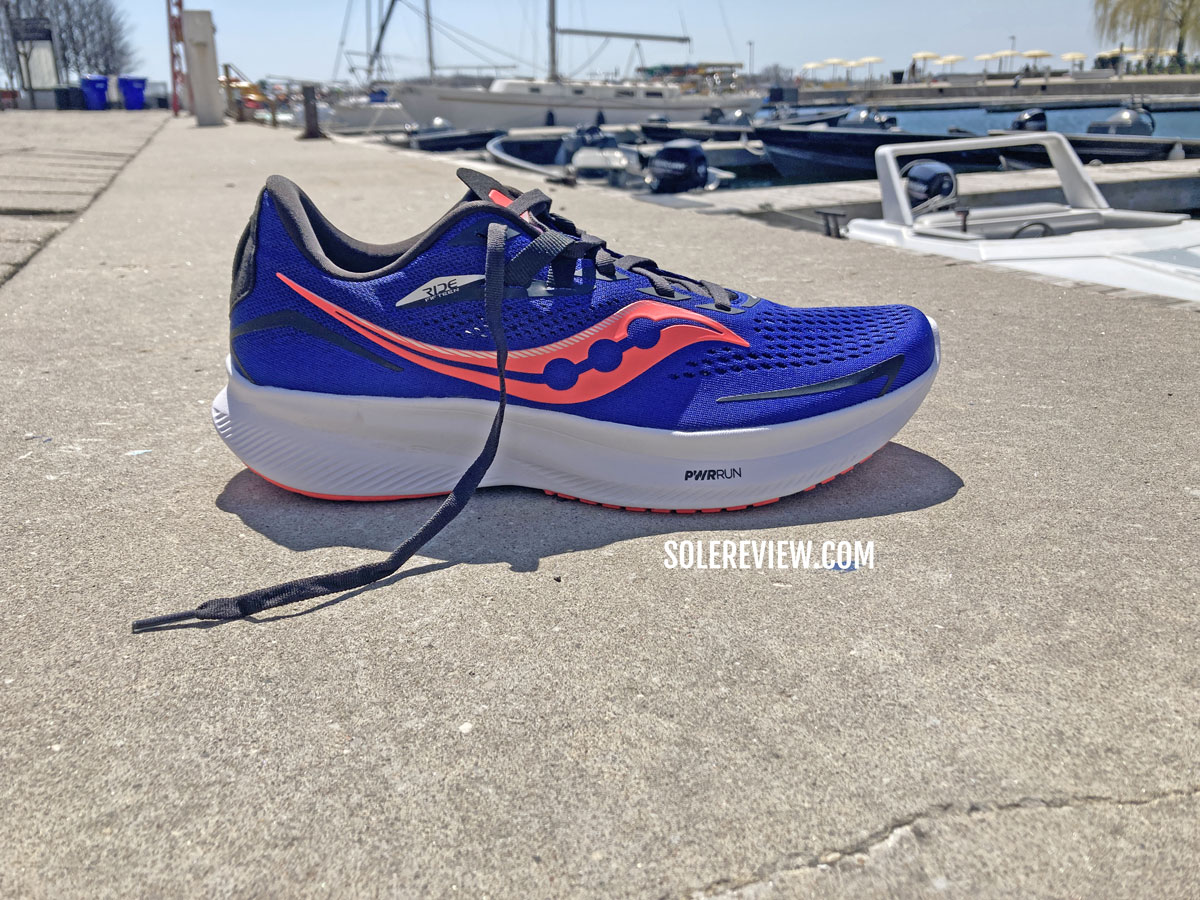
We also love what Saucony has done with the insole. Instead of the dual-density set-up of the older models, many recent models – the Ride 15 included – have a thicker footbed that’s comprised of 100% Pwrrun+ (E-TPU) foam.
This arrangement blends a healthy amount of step-in comfort with a smooth and supportive ride. There’s a deep transition groove on the new version that keeps the foot centered.
The new upper is excellent too. The full sleeve secures the foot in soft and seamless comfort, and the open-pored mesh breathes well. Just like the Ride 14, multiple widths are offered with the Ride 15.
The only downside is the $10 price increase over last year.
2) Lightweight Neutral: Saucony Kinvara 13
Unlike the Ride and Guide, the Kinvara got its thorough refresh last year. We loved the update, as the Kinvara came closer to the original brief – that of a firm and lightweight trainer with a low heel-to-toe offset.
Not much has changed on the Kinvara 13. It shares an identical midsole and outsole with the outgoing model, so nothing has changed from a ride standpoint. Our detailed review of the Kinvara 13 is here.
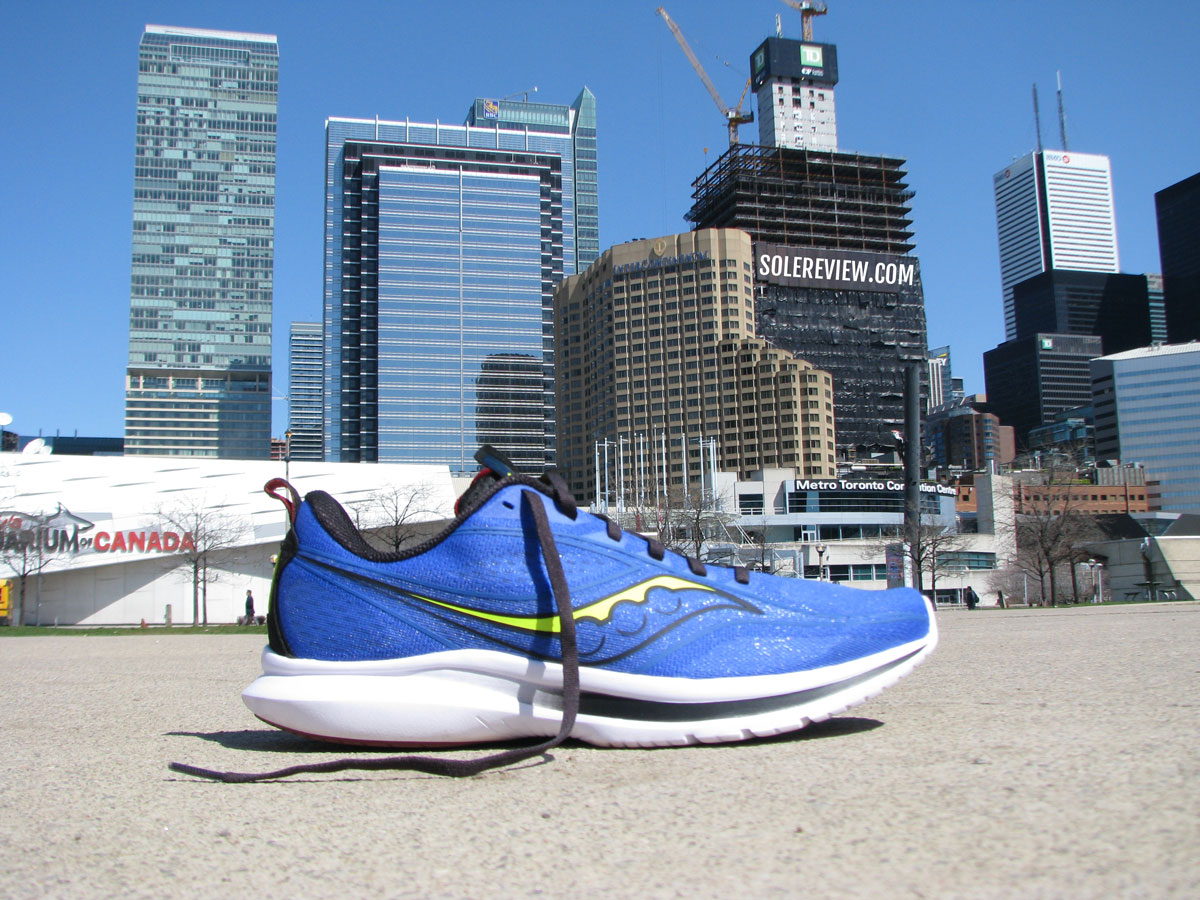
The low-profile midsole is made of firm foam with a token placement of outsole rubber. This helps the Kinvara stay at just over 7 ounces; the cushioning comfort also isn’t lacking, as long as the runs stay under a half-marathon distance.
The twin stack of the EVA insole and E-TPU topsole helpful increase the levels of ride comfort. Unfortunately, the Kinvara 13 does not have the chunky E-TPU insole of the Ride or Guide 15.
So what has changed on the Kinvara 13?
The upper, of course. It has the familiar lightweight softness of the Kinvara 12, but things are cooler inside due to a partial gusset instead of the K-12’s fully sleeved construction. The fit is still true-to-size.
To find out more about the changes, read our review of the Kinvara 13.
3) Everyday mild-support trainer: Saucony Guide 15
Wherever the Saucony Ride goes, the Guide follows. The Guide 15 is the ’stability’ version of the neutral Ride 15, just like how the Brooks Adrenaline GTS is for the Ghost, or the Nike Structure for the Pegasus.
However, the ‘stability’ and ‘neutral’ distinction should be taken with a grain of salt.
Both the Guide and Ride have a similar ride behavior; the only difference is that the Guide 15 has a plastic stabilizer over its inner midsole.
This reinforces the medial side to make it more resistant to compression, and thus producing a small amount of cushioning bias. Our ultra-detailed review gets into the why and how of the midsole behavior.
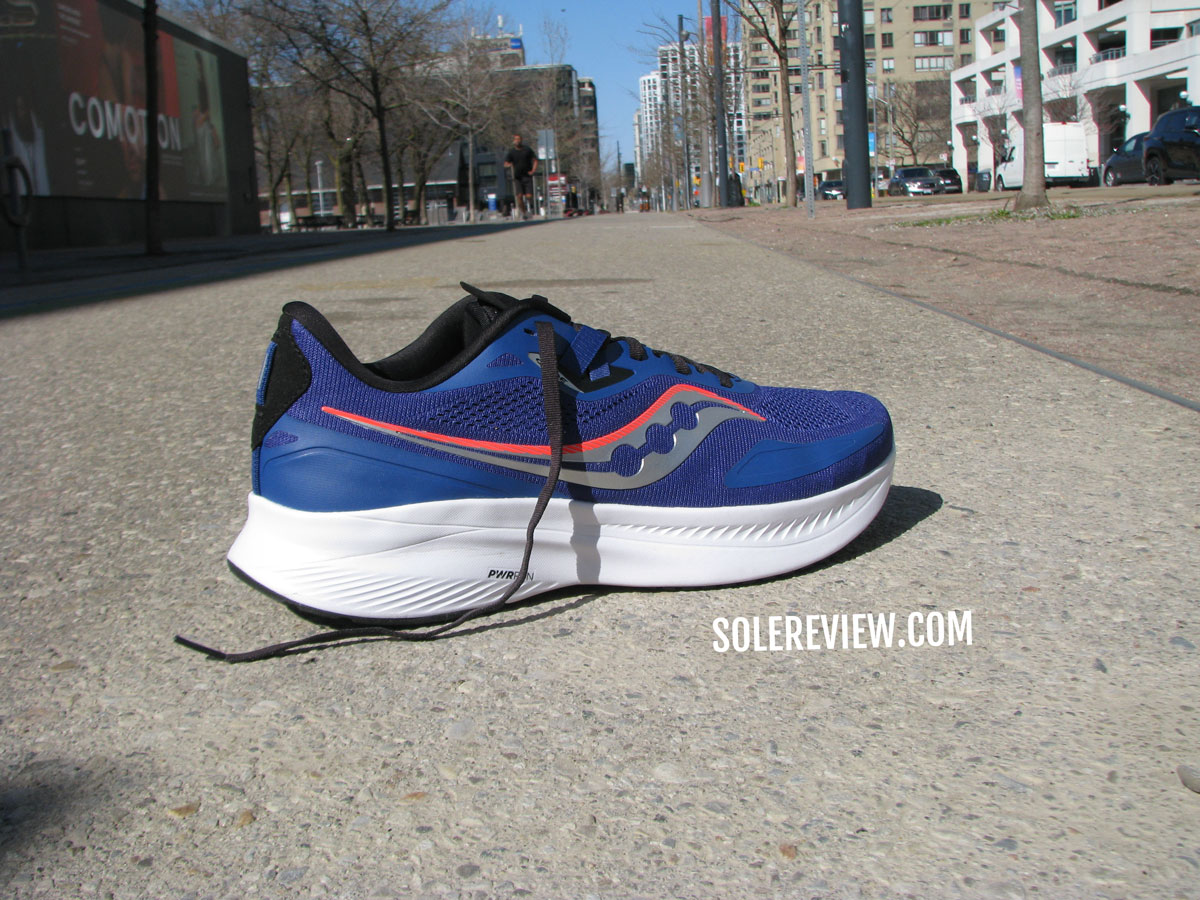
The rest of the shoe is very similar to the Ride 15, and very different than the outgoing Guide 14.
The tall EVA foam-blend midsole packs sufficient cushioning for high-mileage runs, and the inherent firmness works for easy cruising as well as tempo runs.
The footbed is brand-new, and is made of the resilient Pwrrun+, a kind of expanded PU foam. As a result, the superficial ride comfort benefits greatly.
The fully sleeved upper is soft, secure, and very breezy. The true-to-size Guide 15 is offered in multiple widths.
4) Soft stability running shoe: Saucony Tempus
Though the Saucony Tempus is the unofficial replacement for the Hurricane 23, the two shoes couldn’t be more different.
The Tempus uses a lighter, softer, and more responsive midsole made of PEBA (Pwrrun PB). But that’s not the highlight of the Tempus; that would be the EVA frame that wraps around the heel and midfoot.
This interlocking component helps create a stable ride, but without producing a cushioning bias. Our in-depth review explains what makes the Tempus such a unique stability running shoe.
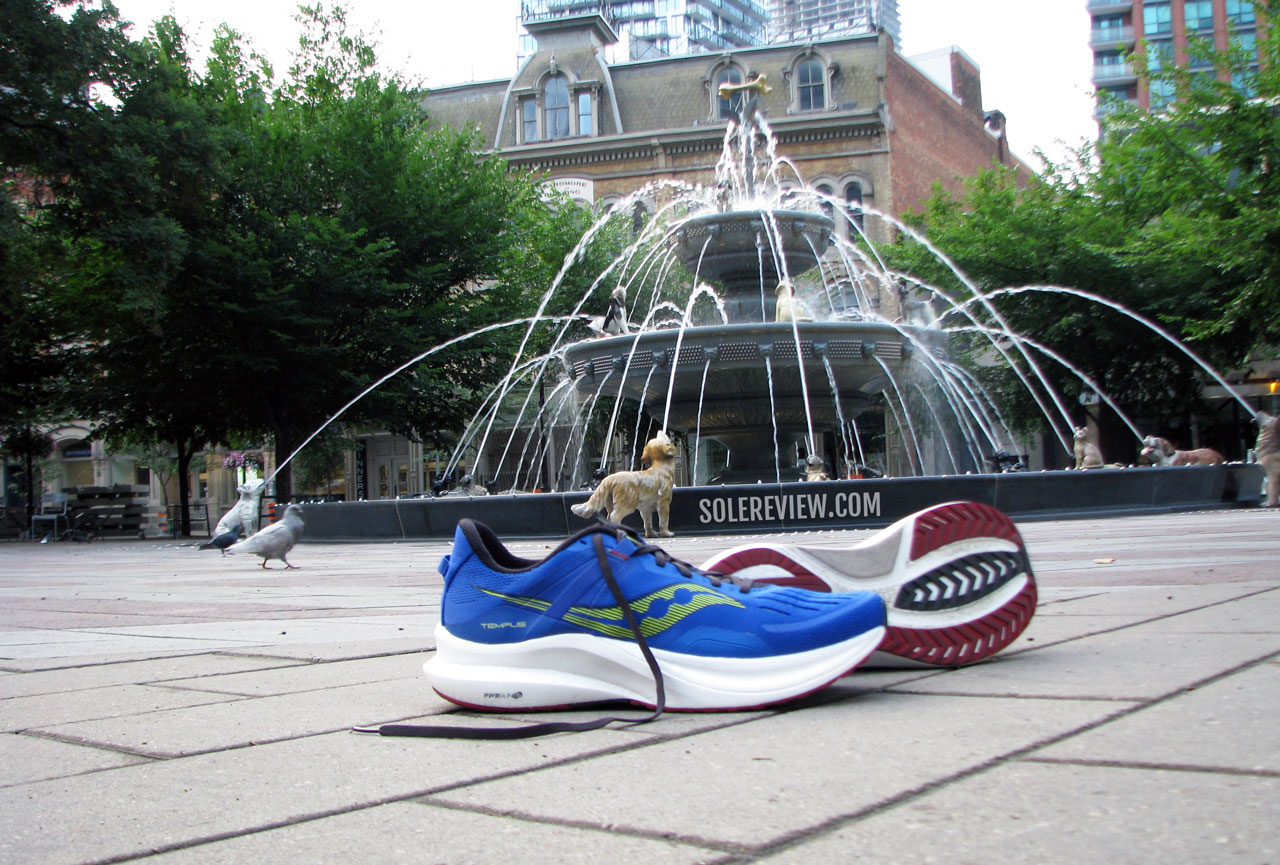
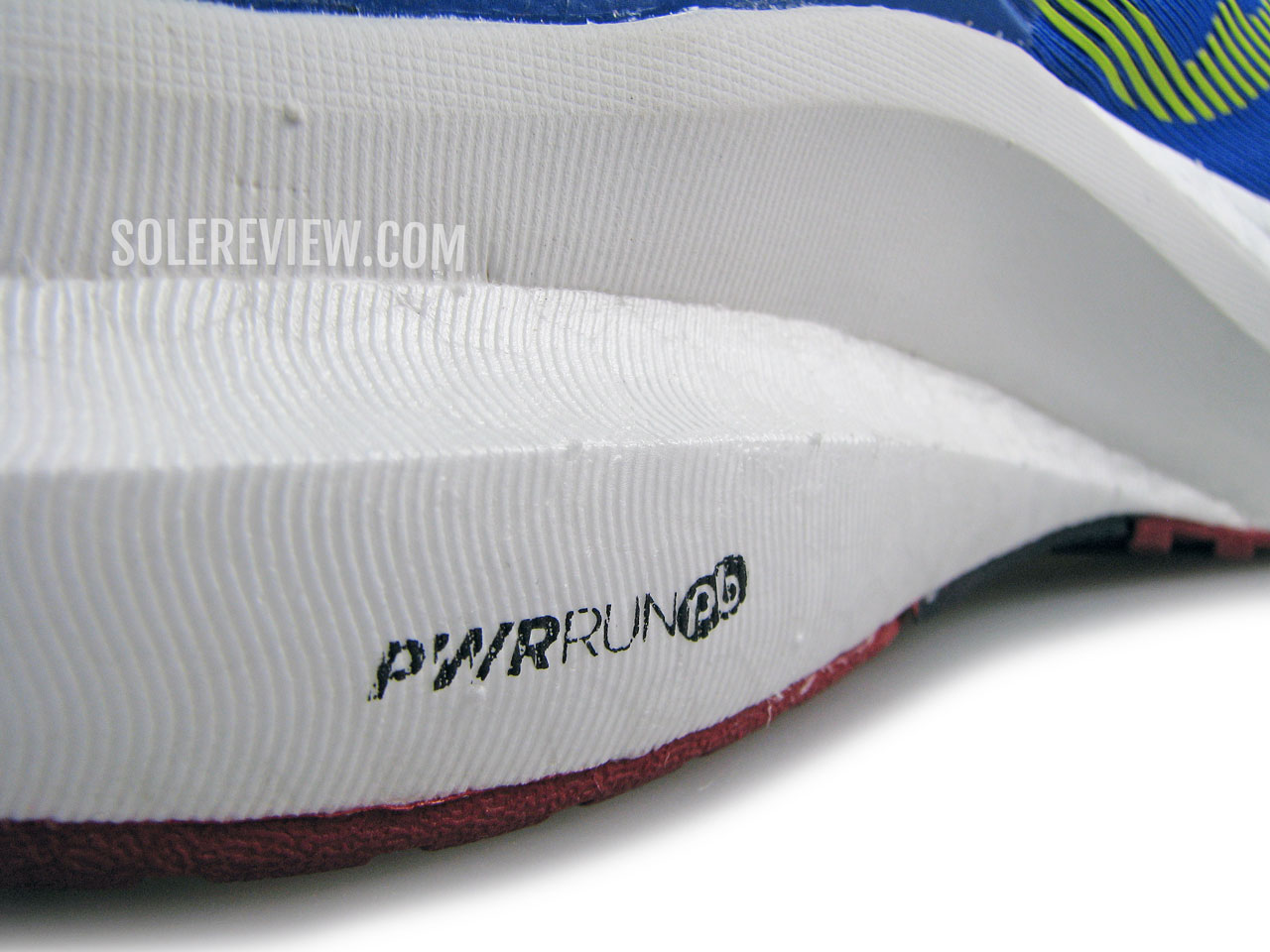
The Tempus combines an EVA frame with a softer Pwrrun PB core – the same material that’s used on the Endorphin Speed and Pro.
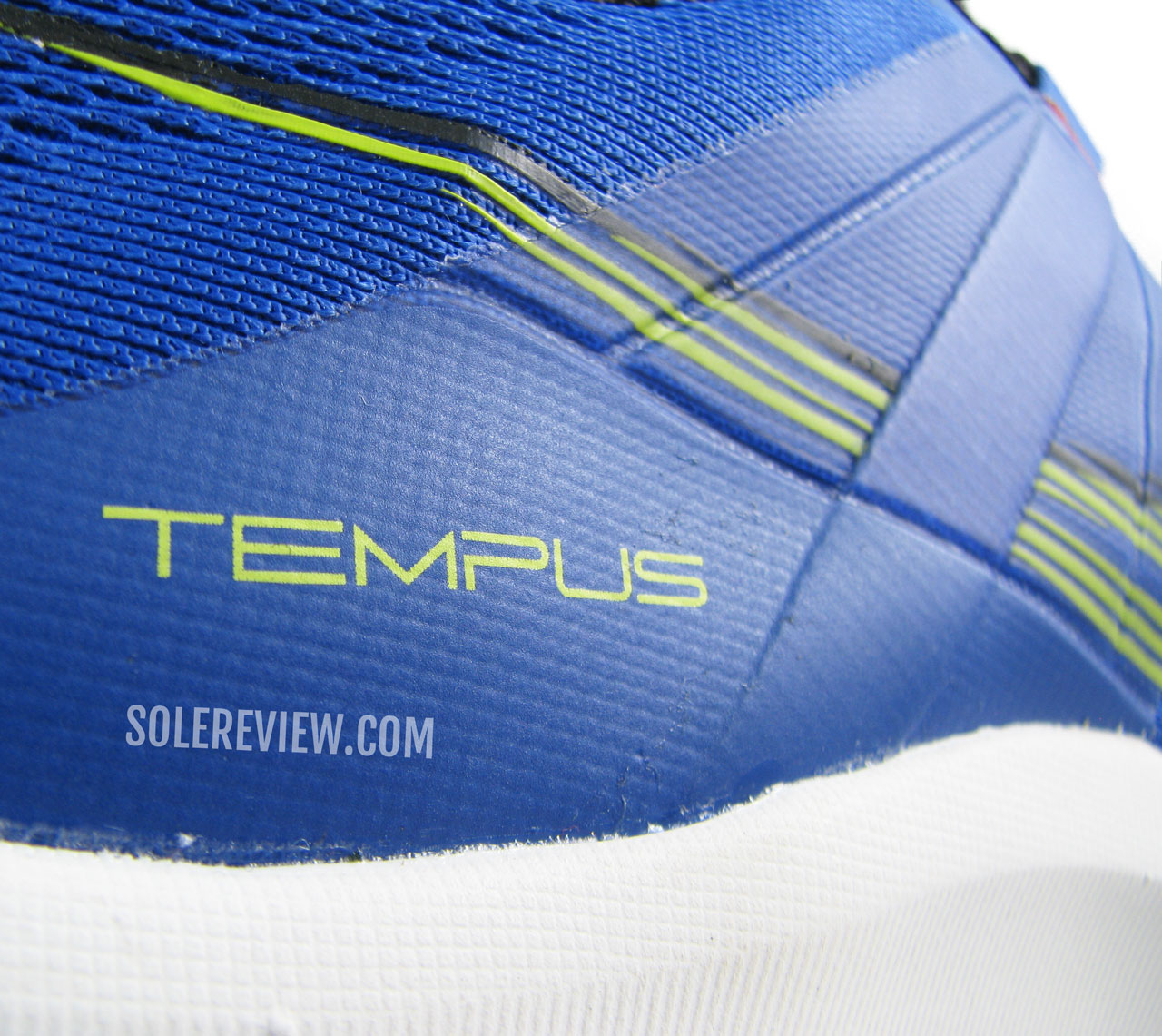
So if you’re looking for a comfortable yet supportive trainer for your everyday and high-mileage runs, give the Tempus some consideration.
The upper comfort is excellent too – thanks to its breathable mesh shell and soft inner lining.
5) Cushioned racer: Saucony Endorphin Speed V3
We’ve repeated this statement elsewhere in our review – the Saucony Endorphin Speed V3 is an excellent value proposition.
Which other shoe combines a Pebax foam midsole with an internal plate and sells for $170?
Even though the Endorphin Speed uses a Nylon plate, it achieves a similar result as a Carbon-equipped Endorphin Pro 3.
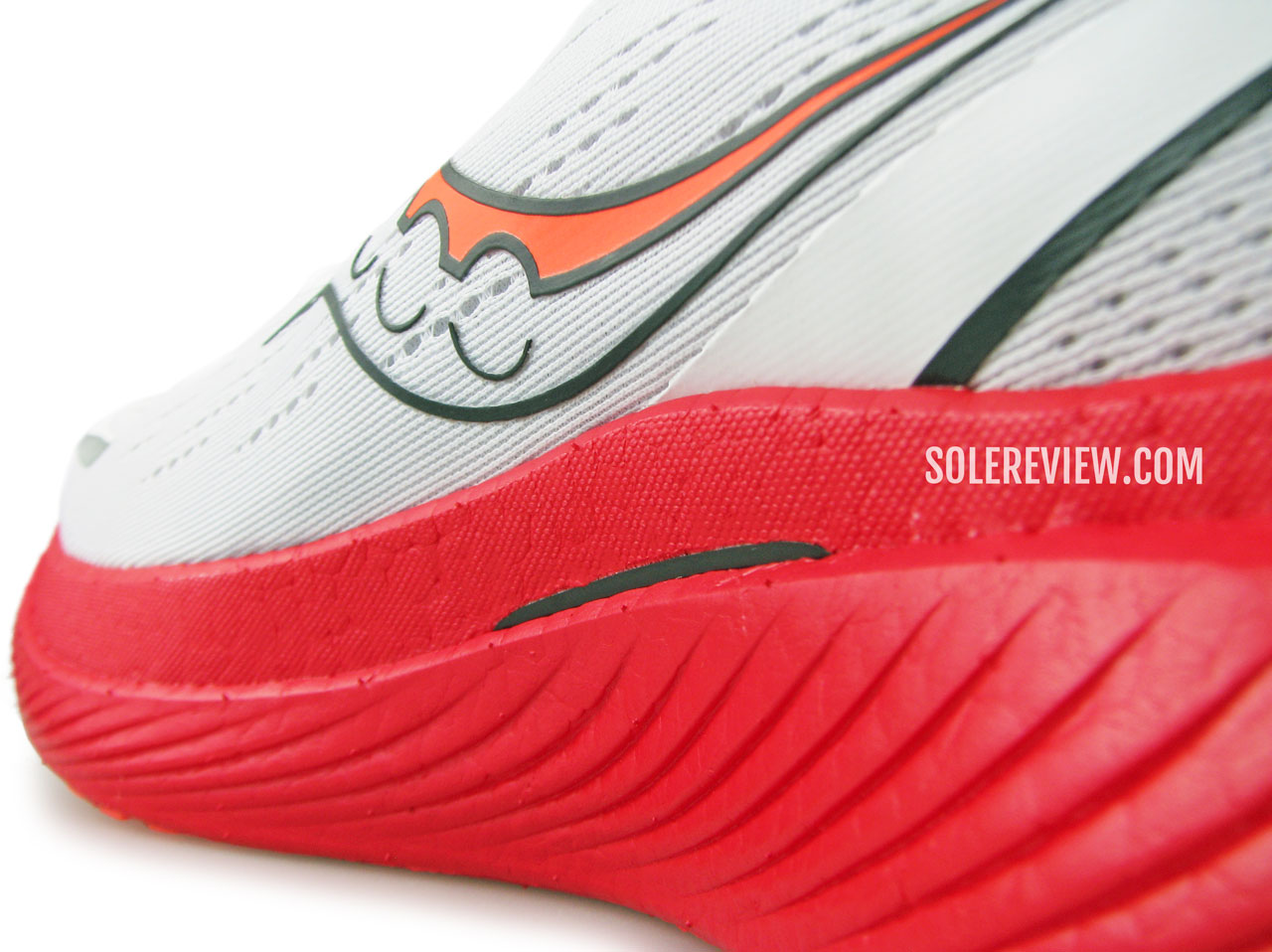
The ‘winged’ plate (seen in black) adds an element of support over the midsole. The flared sidewalls align with the insole molding for sensory arch support.
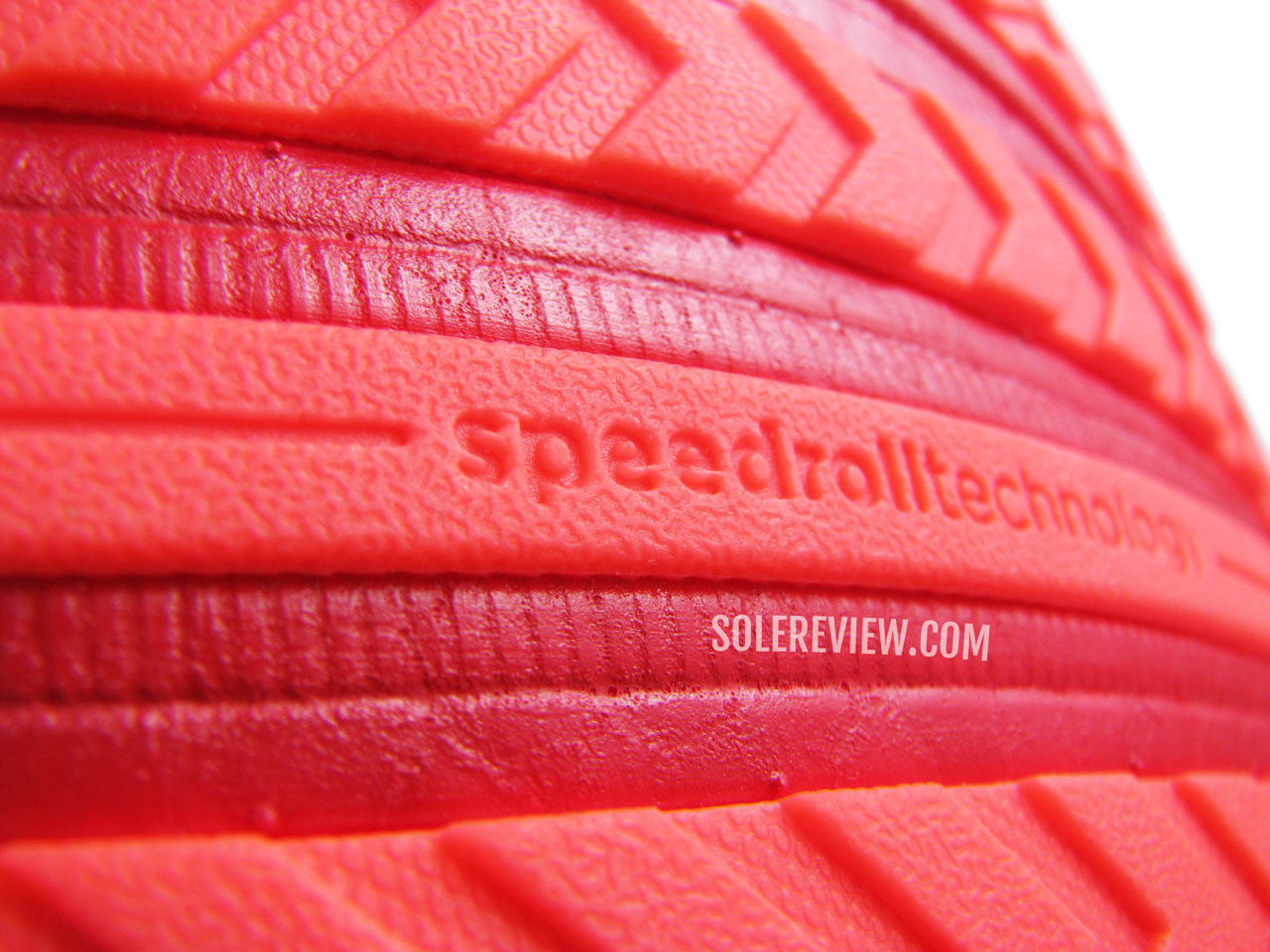
The inflexible forefoot acts as a rocker during roll-offs.
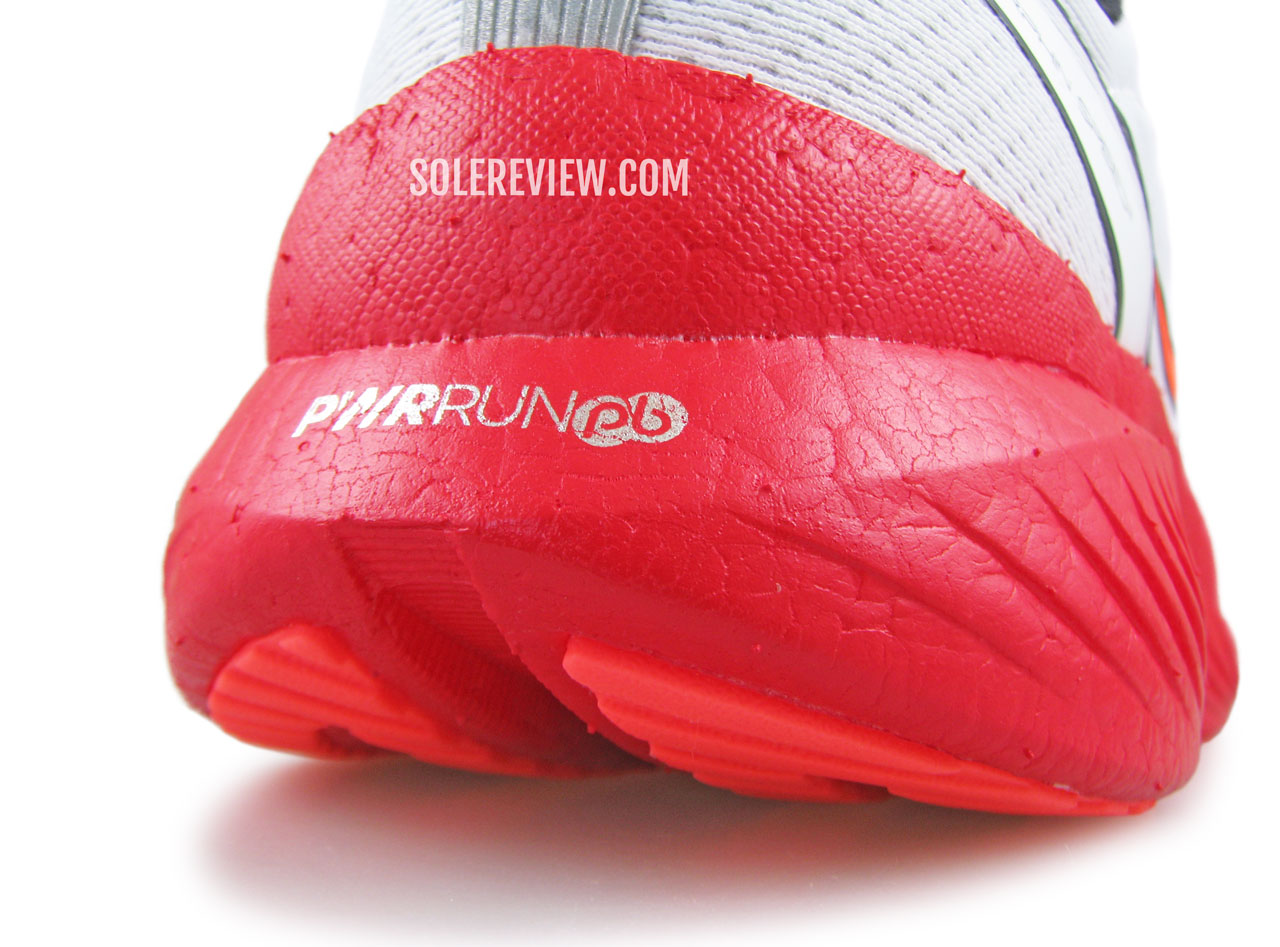
The curved placement of the plate introduces a propulsive aspect to the cushioned ride. Since the base of the plate is affixed to the forefoot, the stiff rocker-shaped midsole encourages the foot to roll forward. For 2022, the Nylon plate gets ‘wings’ over the midfoot for improved stability.
Saucony’s Pwrrun PB midsole is extremely cushioned and equally responsive. In other words, the E-Speed V3 melds mileage-friendly comfort with speedy ride manners.
The articulated outsole does not obstruct the cushioning delivery process – the strategically positioned cut-outs allow the midsole to deliver its signature bounciness while delivering road grip.
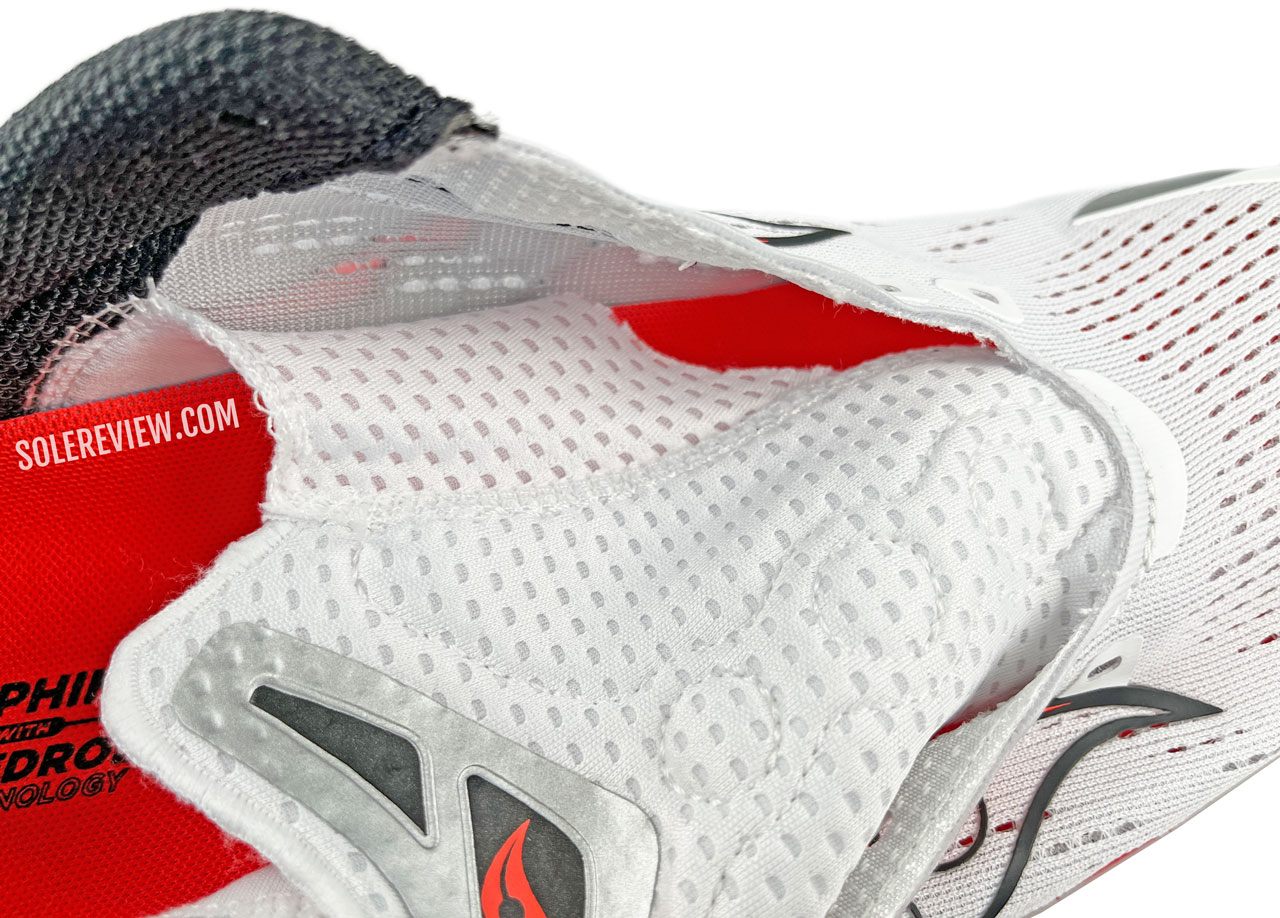
The gusset is also made of the soft and breathable mesh.
The sleeved mesh upper is extremely comfortable and hits the sweet spot between interior space and fit security.
Also see: The Saucony Endorphin Pro V3.
6) Trail running: Saucony Peregrine 12
Most running shoe brands have an anchor trail product. For Saucony, the Peregrine 12 is that anchor – and a very competent one at that. If you want to know more, our detailed review is here.
The overall design and construction of the Peregrine 12 make it versatile enough for speedy trail work and short-distance daily runs.
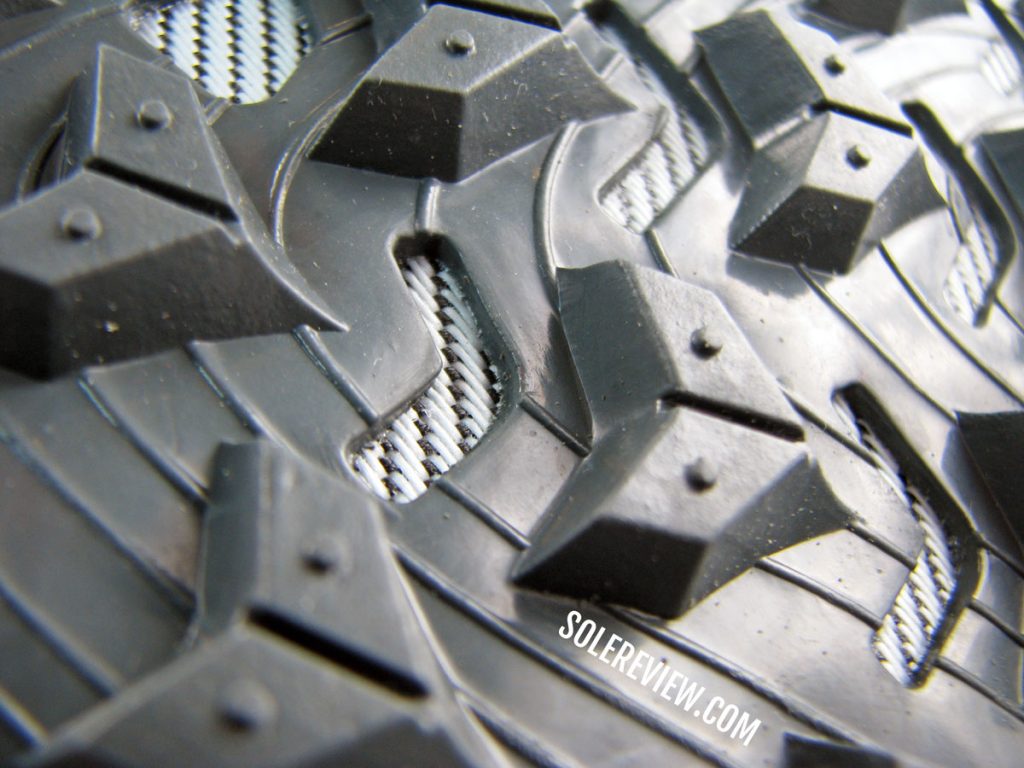
The Peregrine’s rock plate isn’t a ‘plate’ per se, but a woven layer that’s also flexible and protective.
For example, the Pwrtrac outsole offers excellent traction and protection. On the technical trails, a forefoot rock shield creates an effective barrier against pointy roots and rocks.
At the same time, aggressive forward and rear-facing outsole lugs deliver an excellent grip over various grades.
The Pwrrun midsole is sufficiently cushioned and very supportive. This EVA-blend compound is also used on the Kinvara 13 and Ride 15. The Peregrine 12 is also fitted with a brand-new Pwrrun+ (E-TPU) insole for a higher level of step-in comfort.
The lacing system is easy to use and delivers an effective lacing cinch. The closed mesh and synthetic overlays are protective and effective at keeping the debris out.
The Peregrine 12’s multi-faceted personality makes a compelling case for itself as a do-everything trail running shoe.
7) Cushioned trail runner: Saucony Endorphin Edge
What happens if the Peregrine 12 and Endorphin Pro 3 were mixed in a blender? Well, the Endorphin Edge is the likely outcome of that imaginary exercise.
The Saucony Endorphin Edge is a trail shoe unlike any other.
The full-length Pwrrun PB midsole turns into a reservoir of soft and responsive cushioning over the long trail miles, and the Carbon plate infuses the ride with the familiar heel snap and forward roll. It’s not the same plate as the road version, though – the forefoot is articulated for better proprioceptive feedback.
The outsole uses the sticky Pwrtrac rubber compound for dependable traction, the same material that’s used on the Peregrine.
The Endorphin Edge won’t excel on tricky trails that require a lot of delicate footwork. But this shoe is your friend if you want a comfortable and speed-friendly trail running shoe that also makes the long miles less punishing on the feet.
The upper reminds us of the Peregrine – it’s lightweight, yet secure and reinforced with protective layers. It gets the job done, and then some.
8) Long-distance neutral trainer: Saucony Triumph 20
Despite its complete redesign, the Saucony Triumph 20 continues to be a deeply-cushioned running shoe that makes long-distance runs easy on the feet.
Even though the Triumph 20 features the same midsole material (Pwrrun+) as the 19, everything around it is brand new. The Triumph 20 uses a reformulated foam for the new model, so the ride is softer and lighter. Our in-depth review has all the details.
Some of the previous versions (V18 and earlier) had a stuffy upper due to the thick mesh and layering. In refreshing contrast, the Triumph 20 instead opts for a perforated engineered mesh with a cleaner exterior. The dual-mesh heel collar, padded tongue, and soft mesh add plenty of comfort.
Like the Triumph 19, it continues to be a secure-fitting running shoe that runs true to size.
9) Budget everyday trainer: Saucony Cohesion 15
Very few running shoes deliver price-value the way that the Cohesion 15 does. This $70 product ($5 up from the Cohesion 14) offers running shoe fundamentals in a performance-ready package without appearing to be cheaply constructed.
Unlike many other brands that offer a flimsy all-mesh upper and a foam mono-sole, the Cohesion is solidly built.
And what you see is what you get. The cut-stitched-assembled upper has a secure and protective fit. It won’t win any trophies in the interior plushness or looks department, but it gets the job done.
A foam midsole with a 12 mm offset provides a firm, yet basic cushioning for the road. If a no-frills running shoe is all that you need, it’s hard to go astray with the Cohesion 15.
Also see: The Cohesion TR 16 – a rugged, off-road doppelgänger of the road Cohesion.
10) Lightweight racer for 5K: Saucony Type A9
The Type A9 is one level more cushioned than a full-blown racing flat. At an MSRP of $100, the A9 is excellent value. The lightweight upper fits and feels great, and the resilient midsole provides a fast and cushioned ride.
Combine the minimal upper and 4 mm drop midsole, and you get the 6-ounce Type A9. It’s a must-have if you want a Saucony shoe for fast training runs or races.
The outsole uses Saucony’s Pwrtrac rubber compound in a micro-lug geometry, so the Type A9’s grip on the road, track, and treadmill is excellent.
11) Traditional stability shoe: Saucony Omni 20
The Omni 20 got a complete makeover earlier this year, so it doesn’t feel out of place the way the Omni 19 did. It may have an old-school medial post – aka a ‘pronation control’ thingy – but the midsole design is new, and so is the upper that’s based on the contemporary Saucony design language.
However, the changes are more than skin-deep. The redesigned midsole has a softer and smoother ride due to the articulated outsole design that exposes more midsole foam than the 19.
The inner side has a firmer foam wedge (aka the medial post) to create the traditional stability running shoe experience. In other words, there’s a reassuring zone of firmness for added support.
While we have never believed in the efficacy of a medial post in slowing pronation, many runners prefer the sensory experience of a medially posted shoe.
That’s precisely the reason why it’s on this list. With all brands pushing the boundaries of technical construction and materials, it’s refreshing to find a running shoe with a medial post.
Not only does the Omni 20 have strong nostalgic value, but it is also a safe refuge for runners who crave the sensation of a firm medial post under the arch. This is very much a conventional stability shoe, and there aren’t many of those around.
With the Omni 20, one gets a conforming yet comfortable upper fit that’s now aligned with how other Saucony products are designed.
Below, the EVA foam-powered cushioning is delivered with a hint of medial side support. Also, the transition is pretty smooth for a dual-density midsole. The outsole is divided into hard-wearing landing zones and soft blown rubber sections to deliver grip and stability.
So what kind of runner is the Omni 20 meant for? It’s for someone who misses products like the older generation Brooks Adrenaline or the Nike Structure but wants something more cushioned and substantial underneath their foot.
Also see: The Saucony Echelon 8 – a supportive neutral running shoe.
Do you own any of these shoes? Improve this review by sharing your insights – submit a review here.

